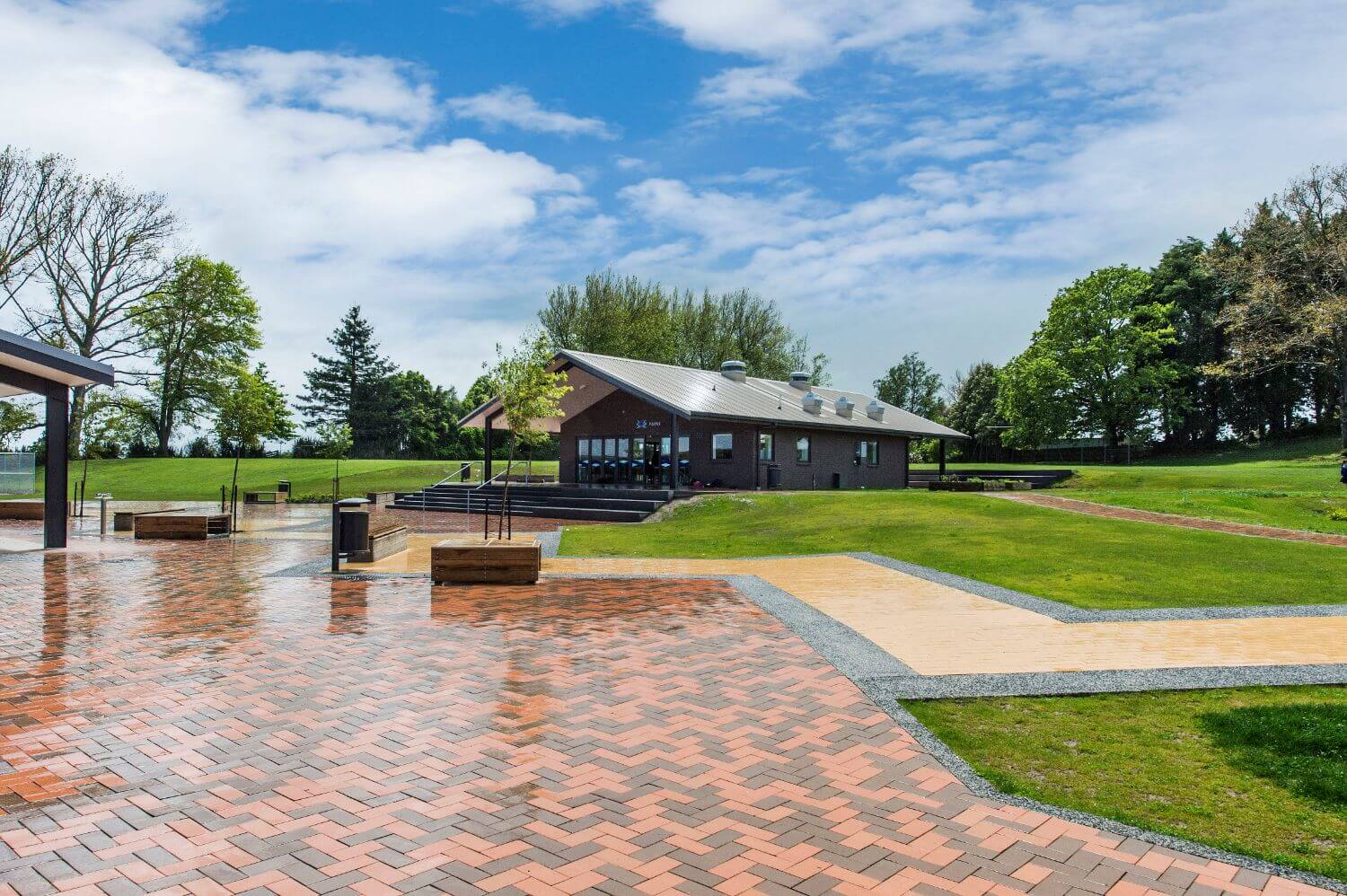
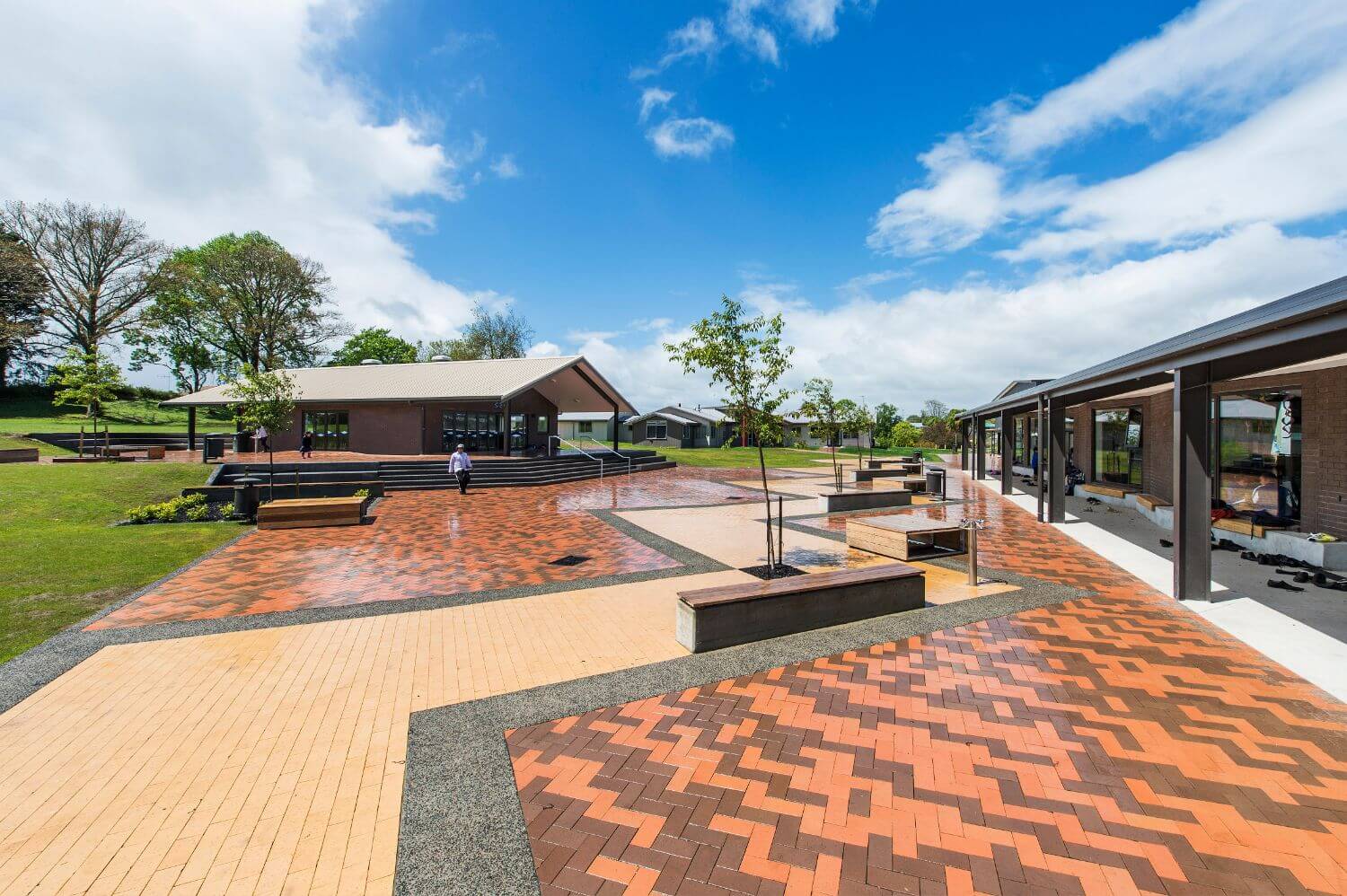
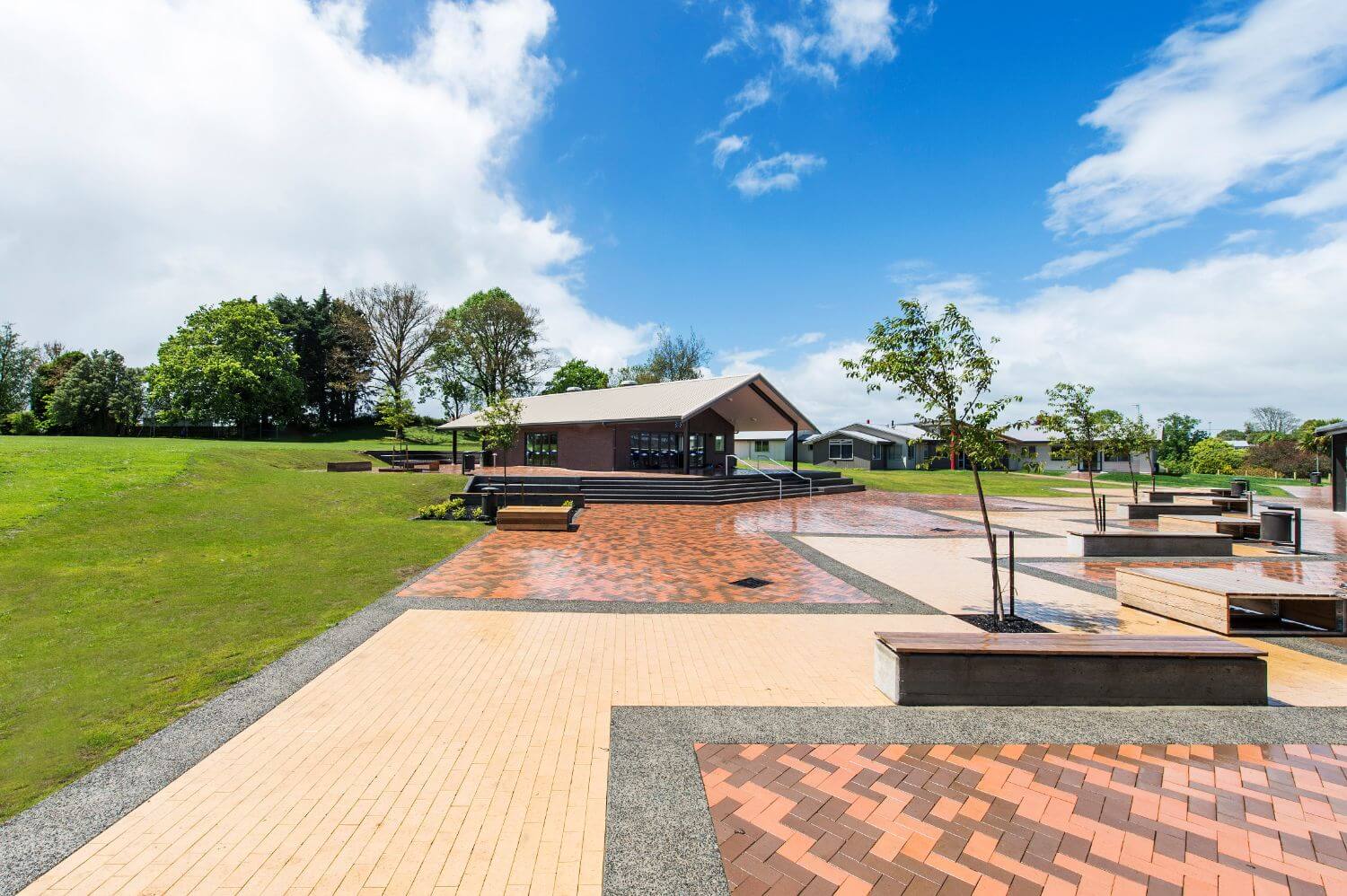

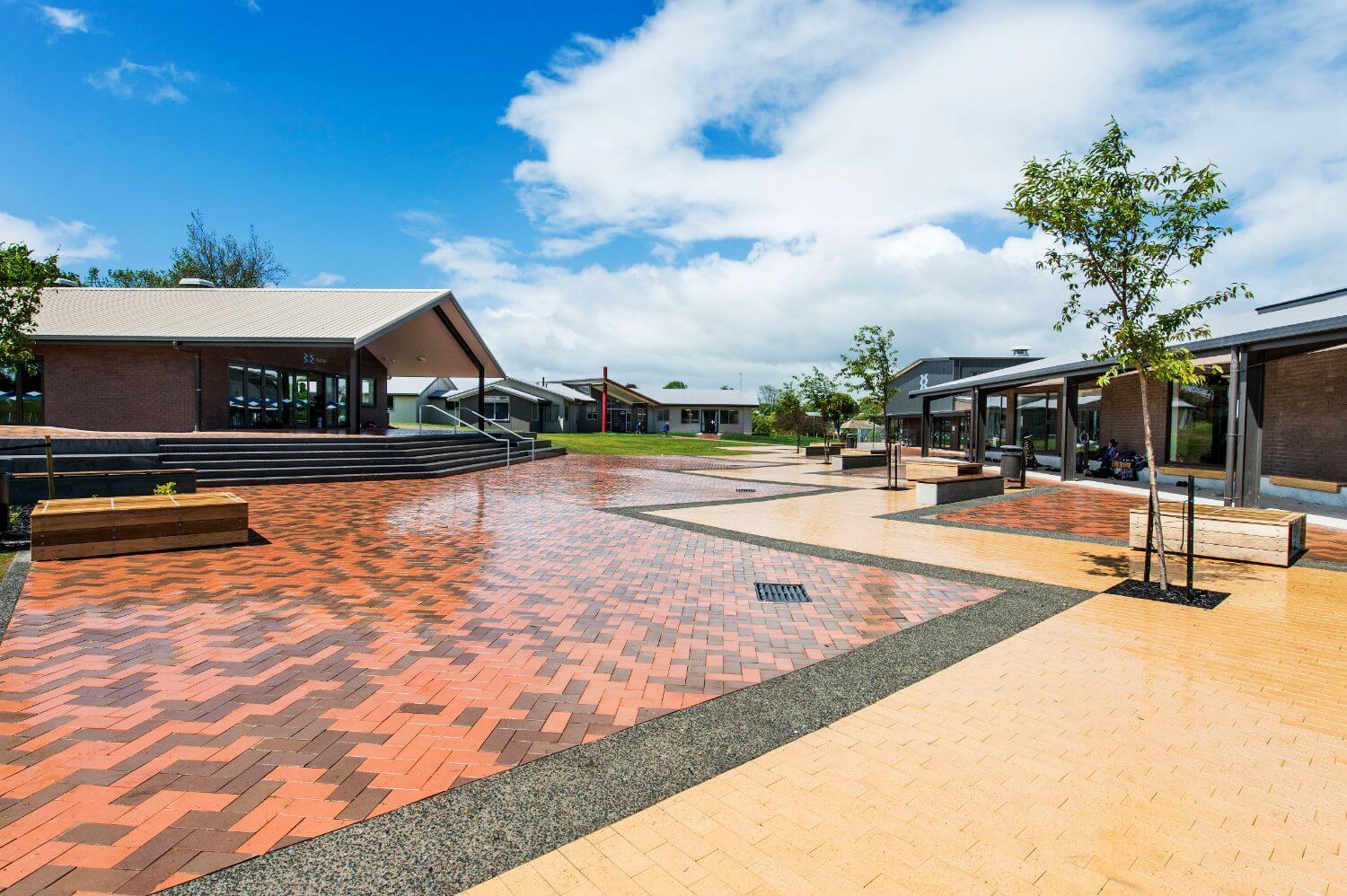
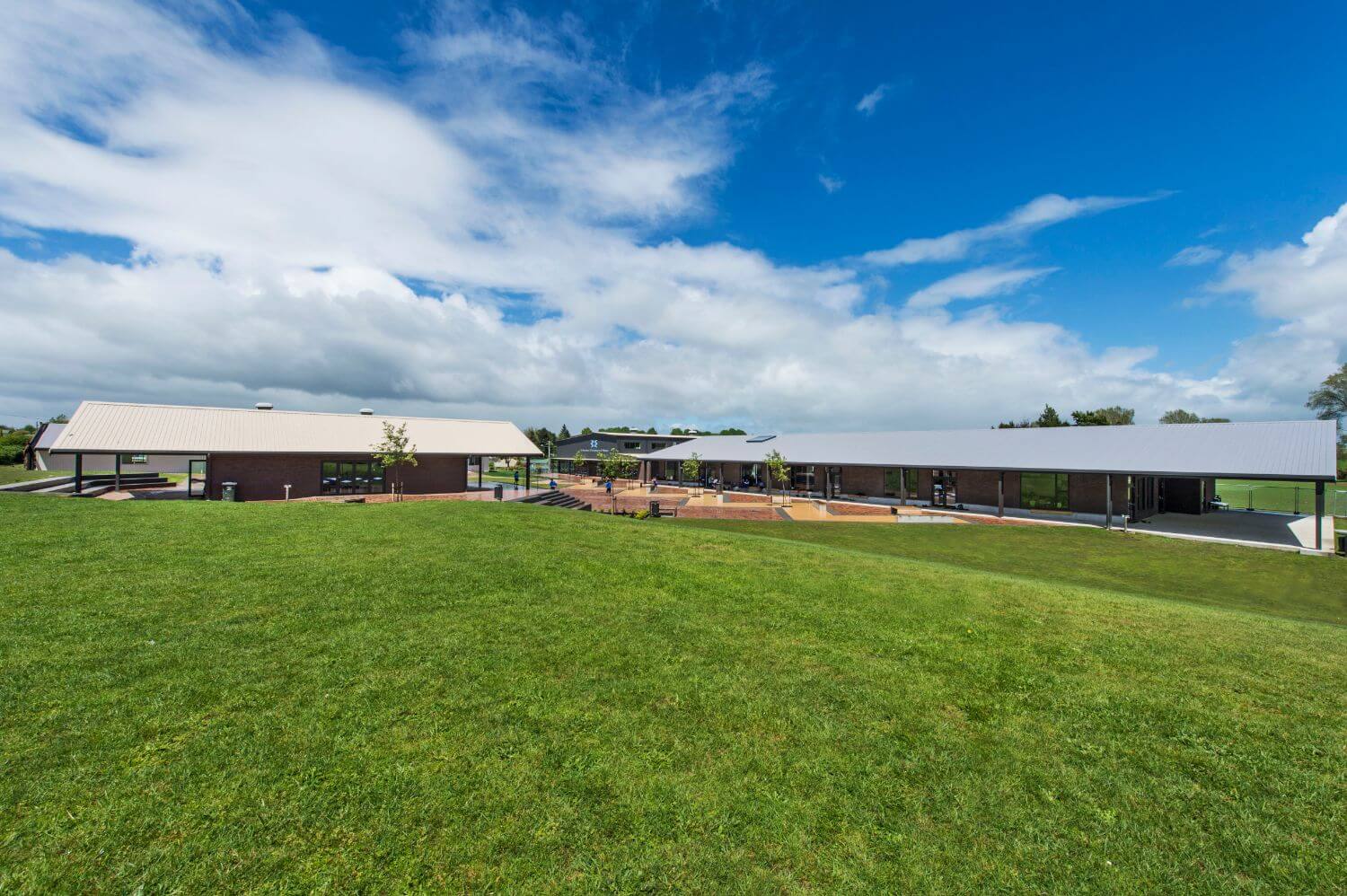
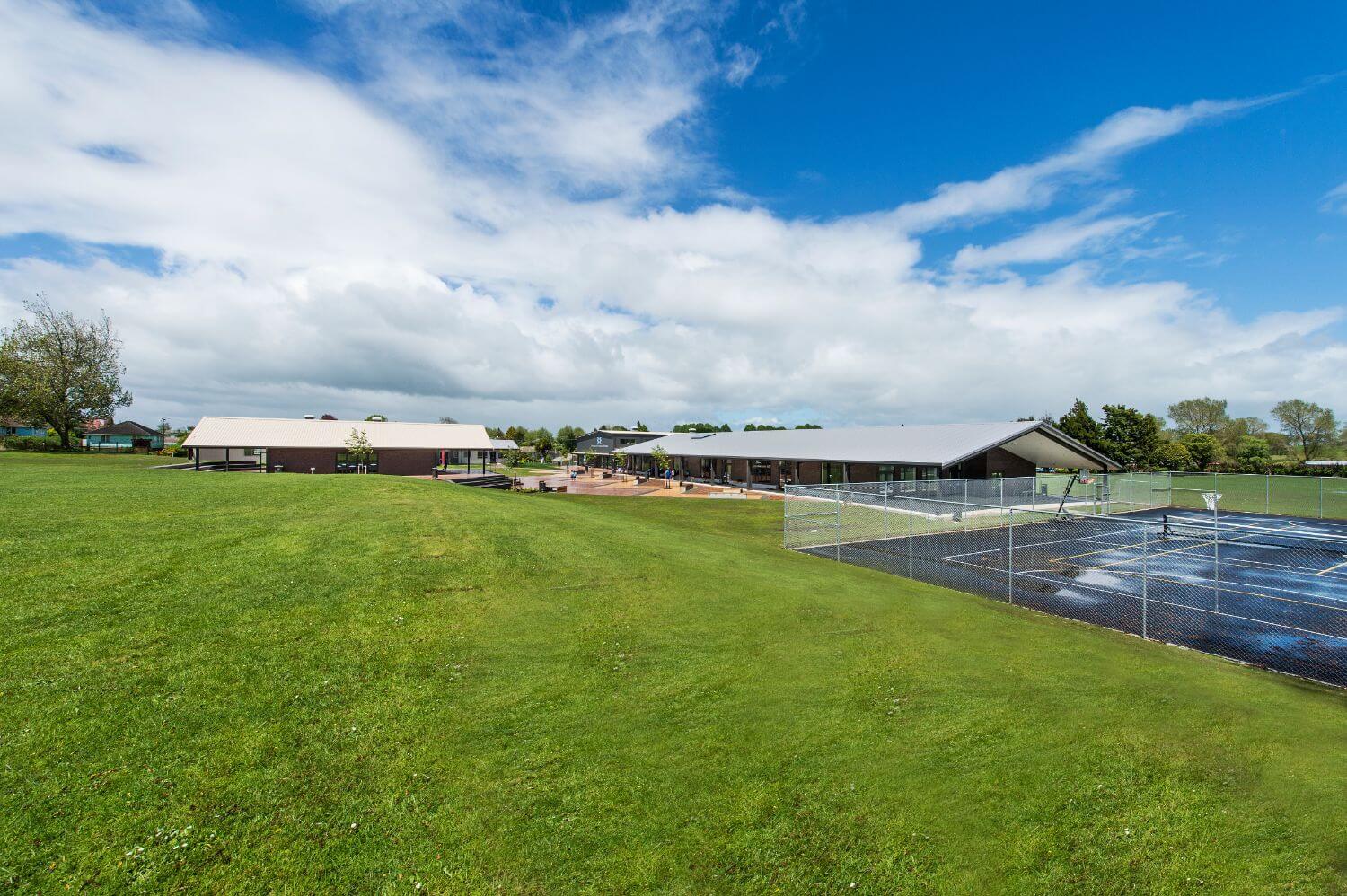
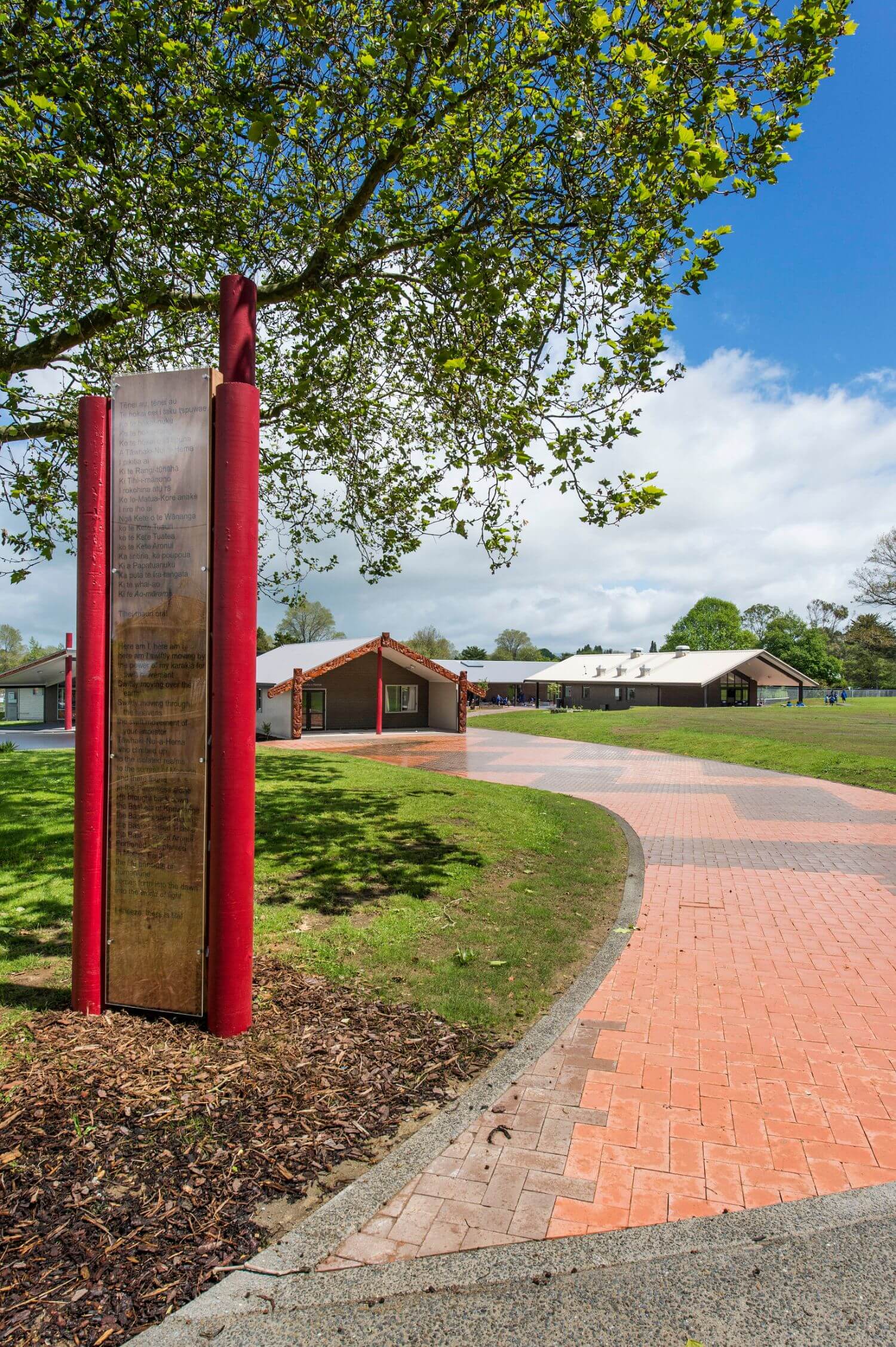

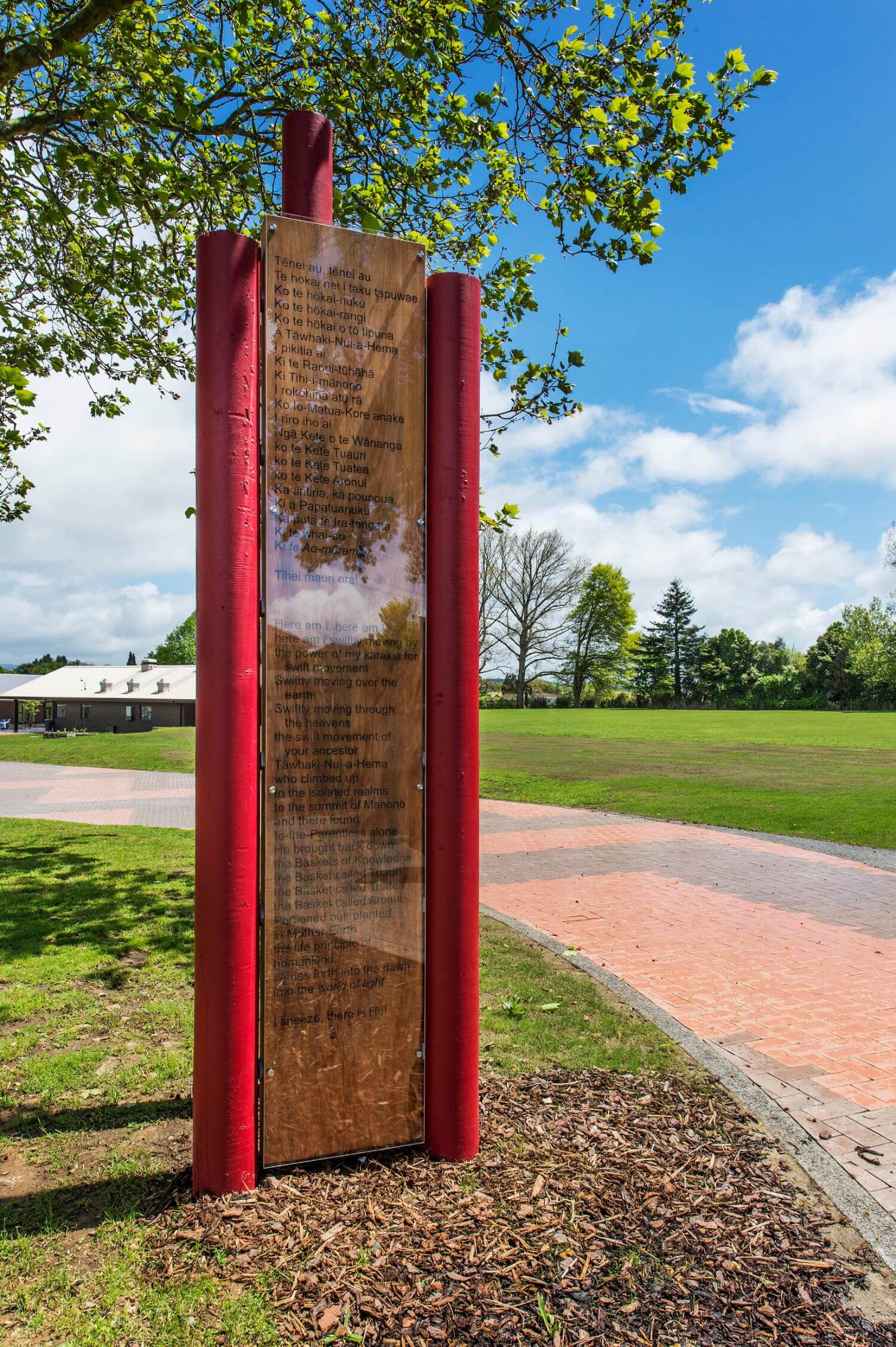
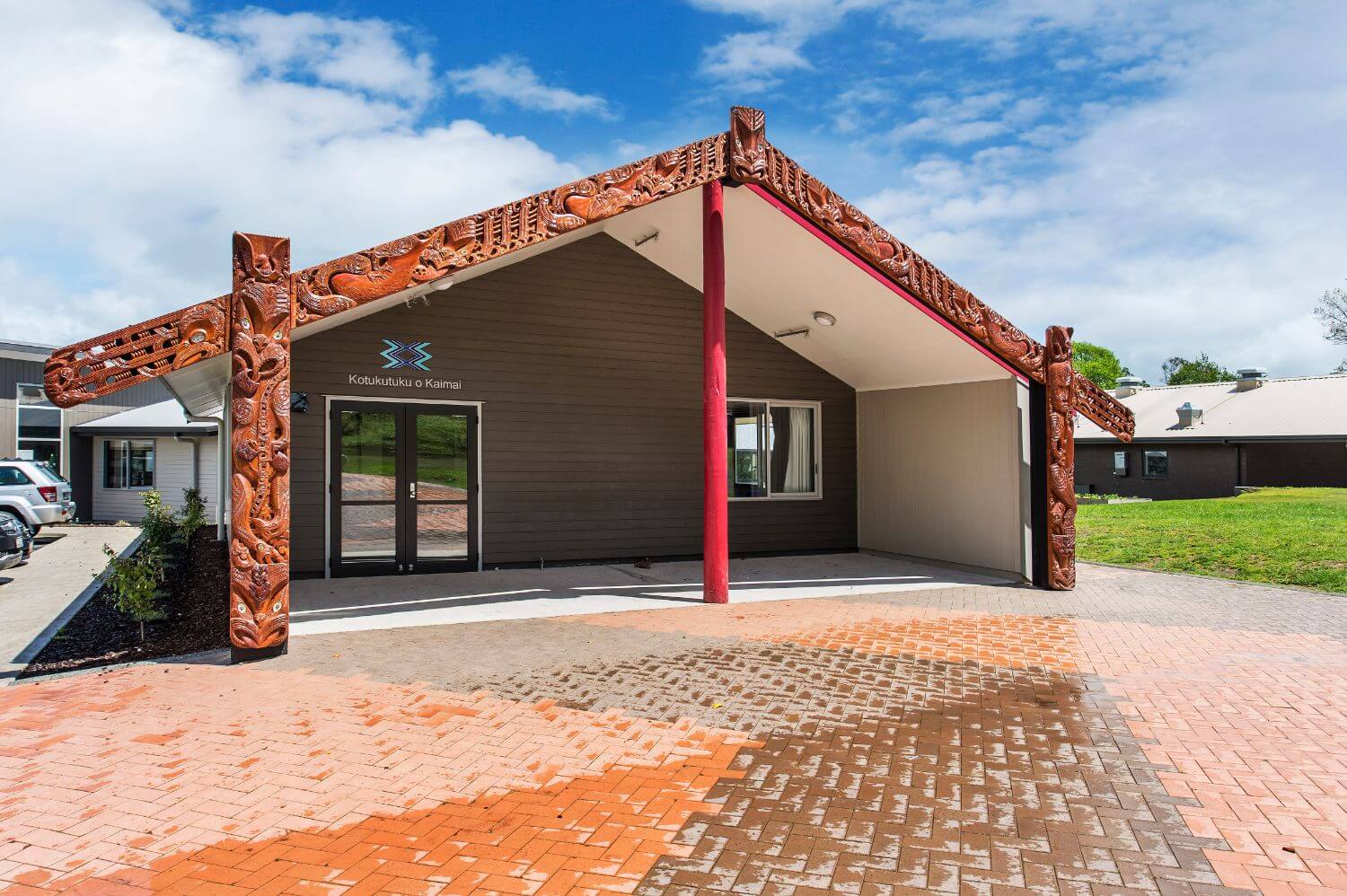
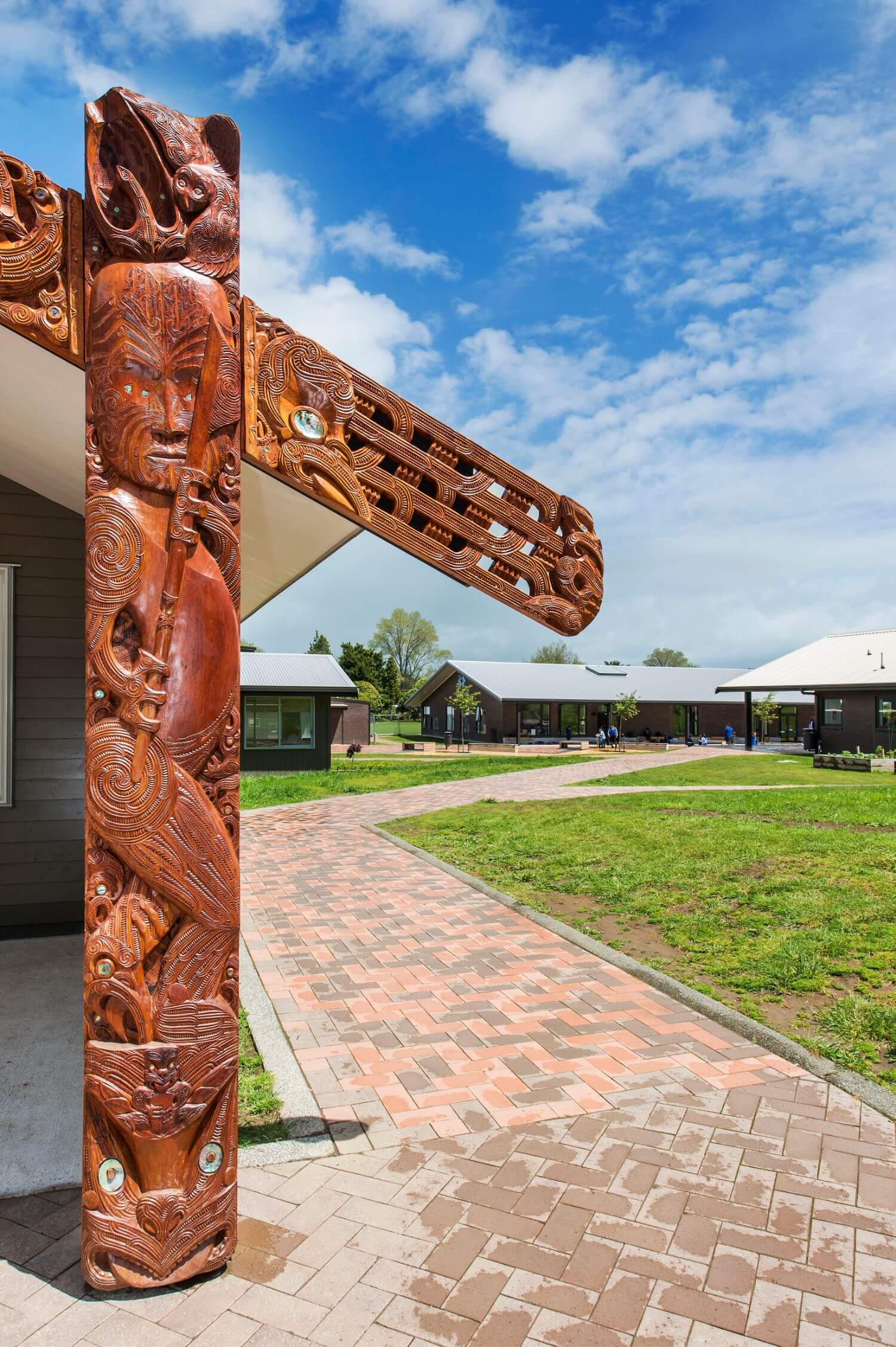
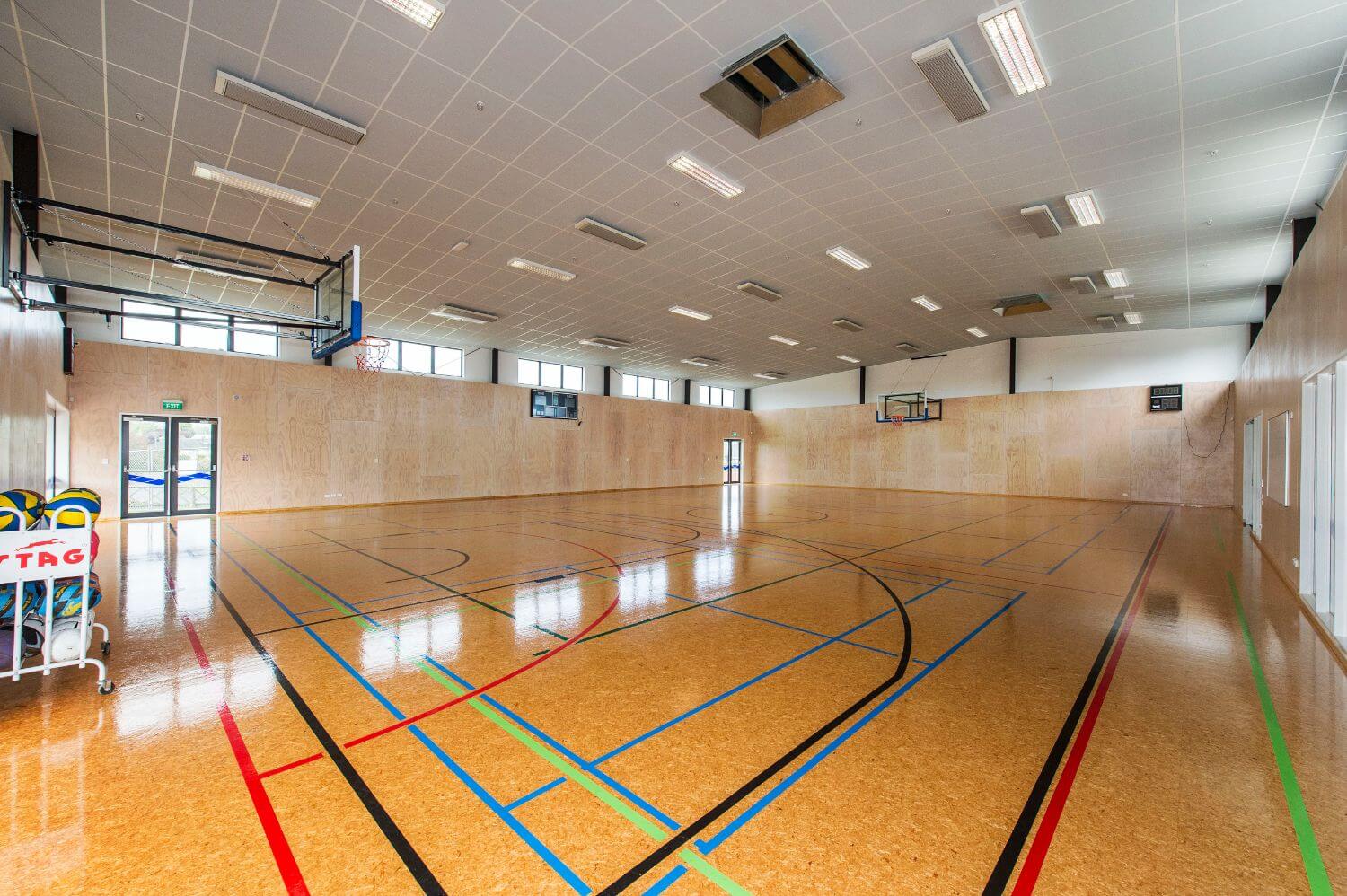
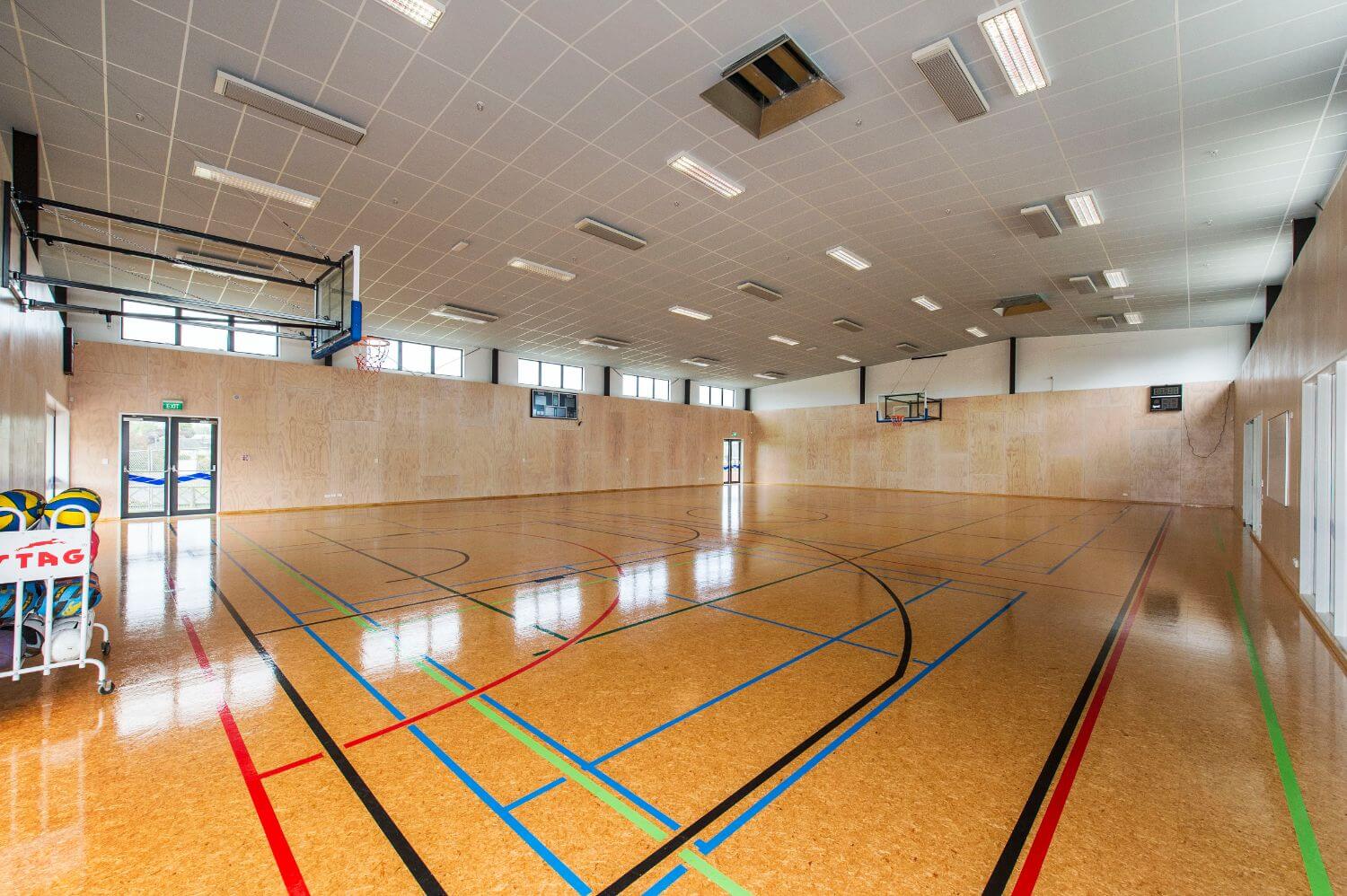
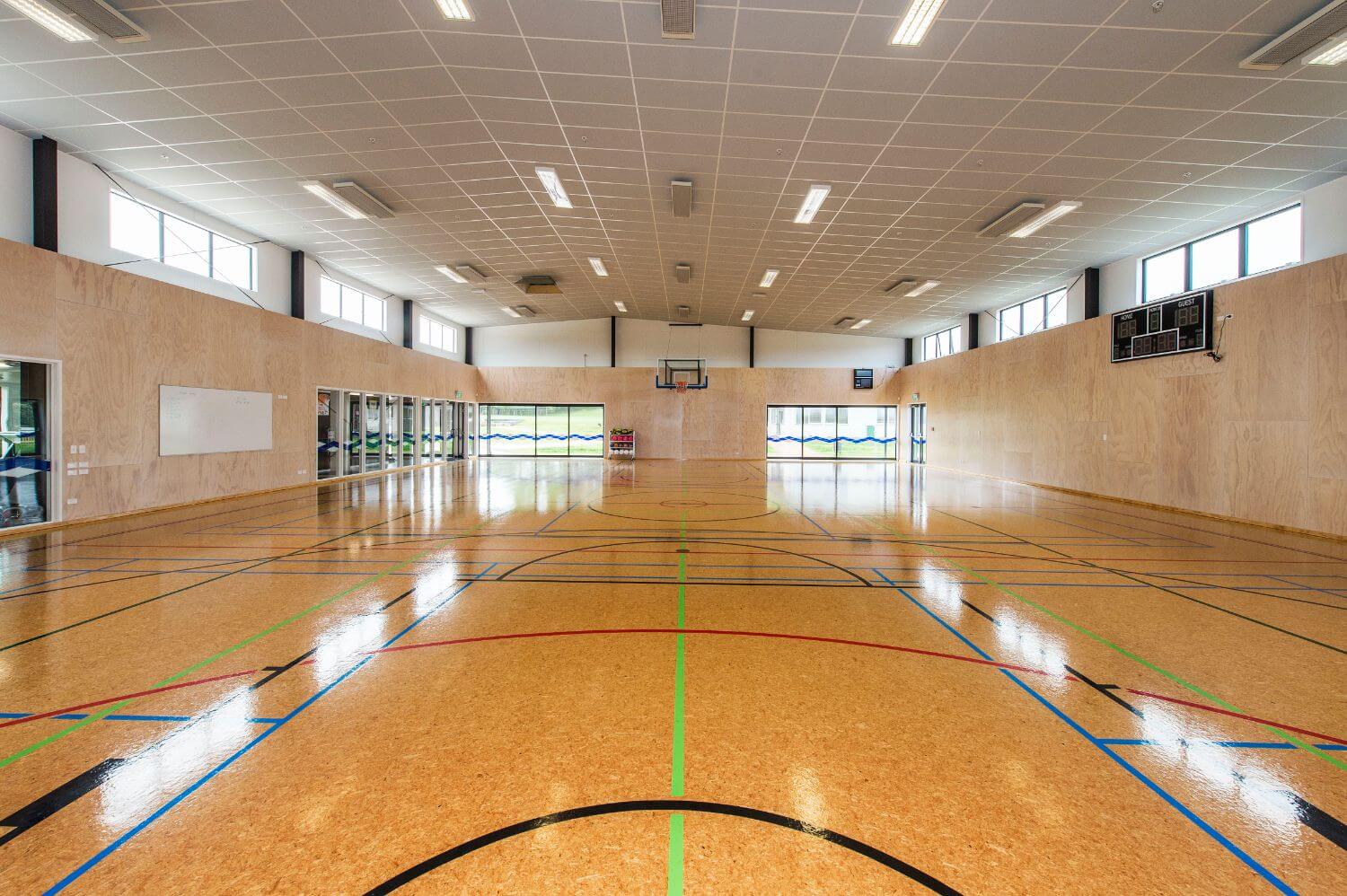
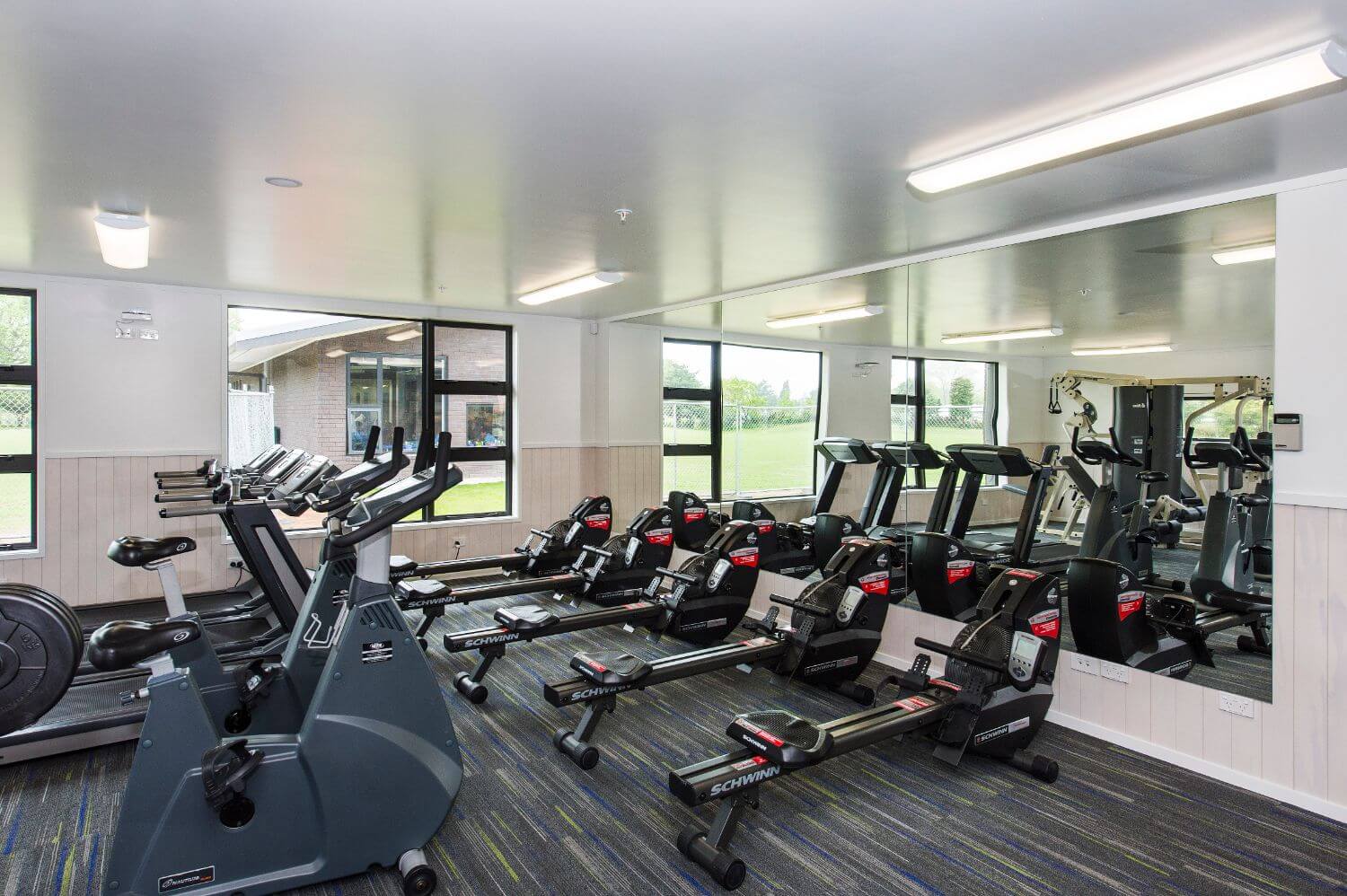
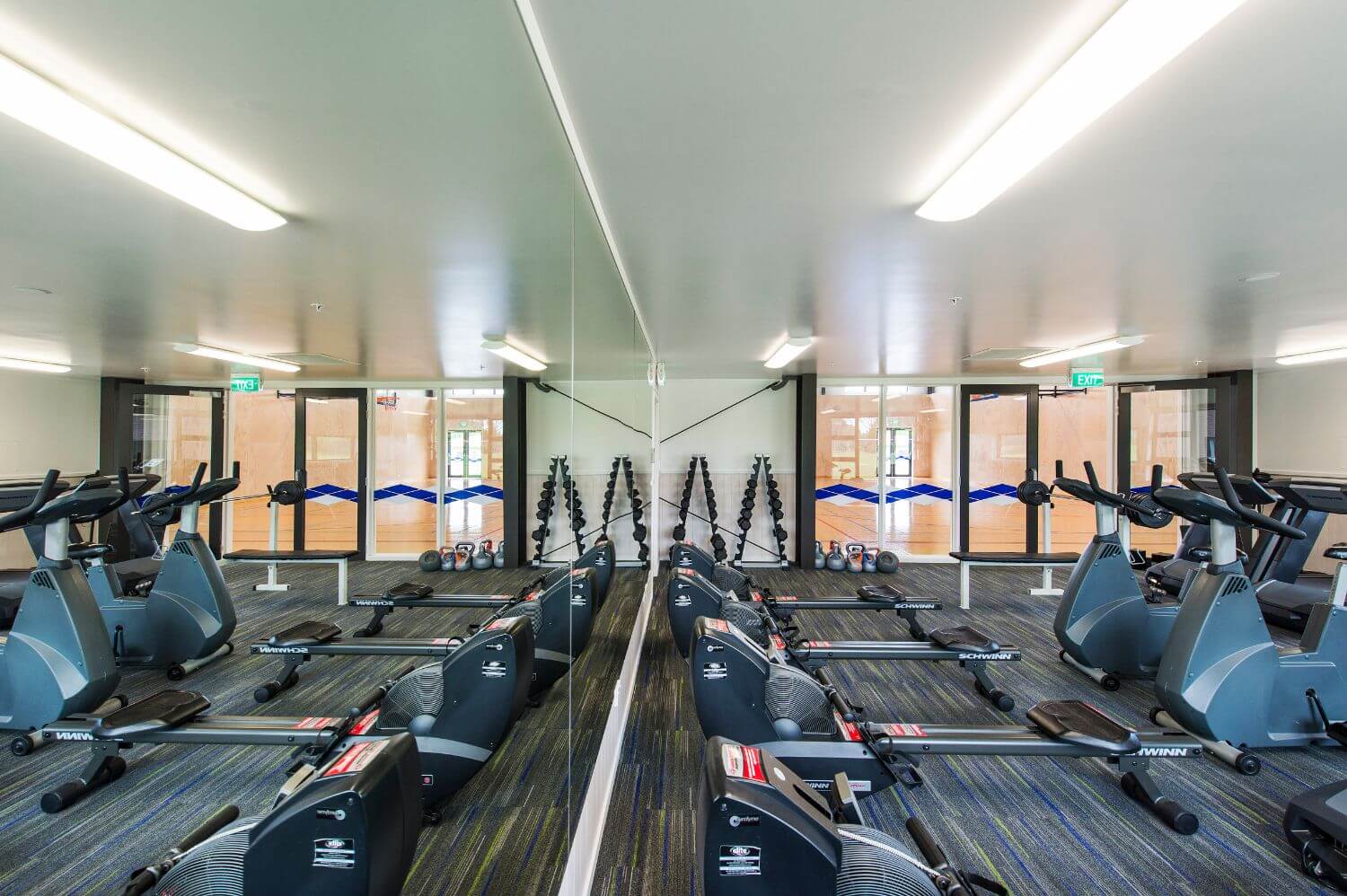
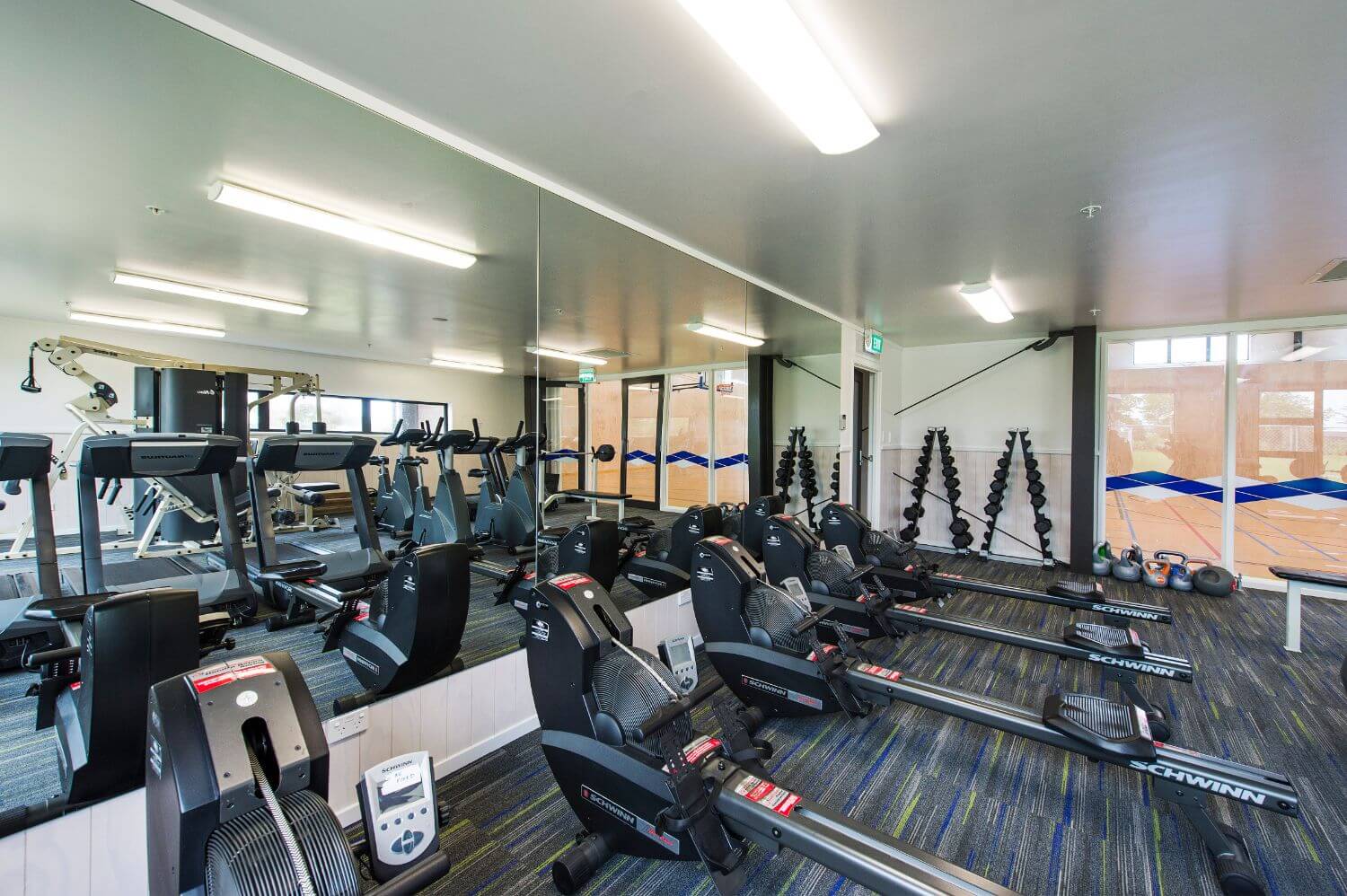
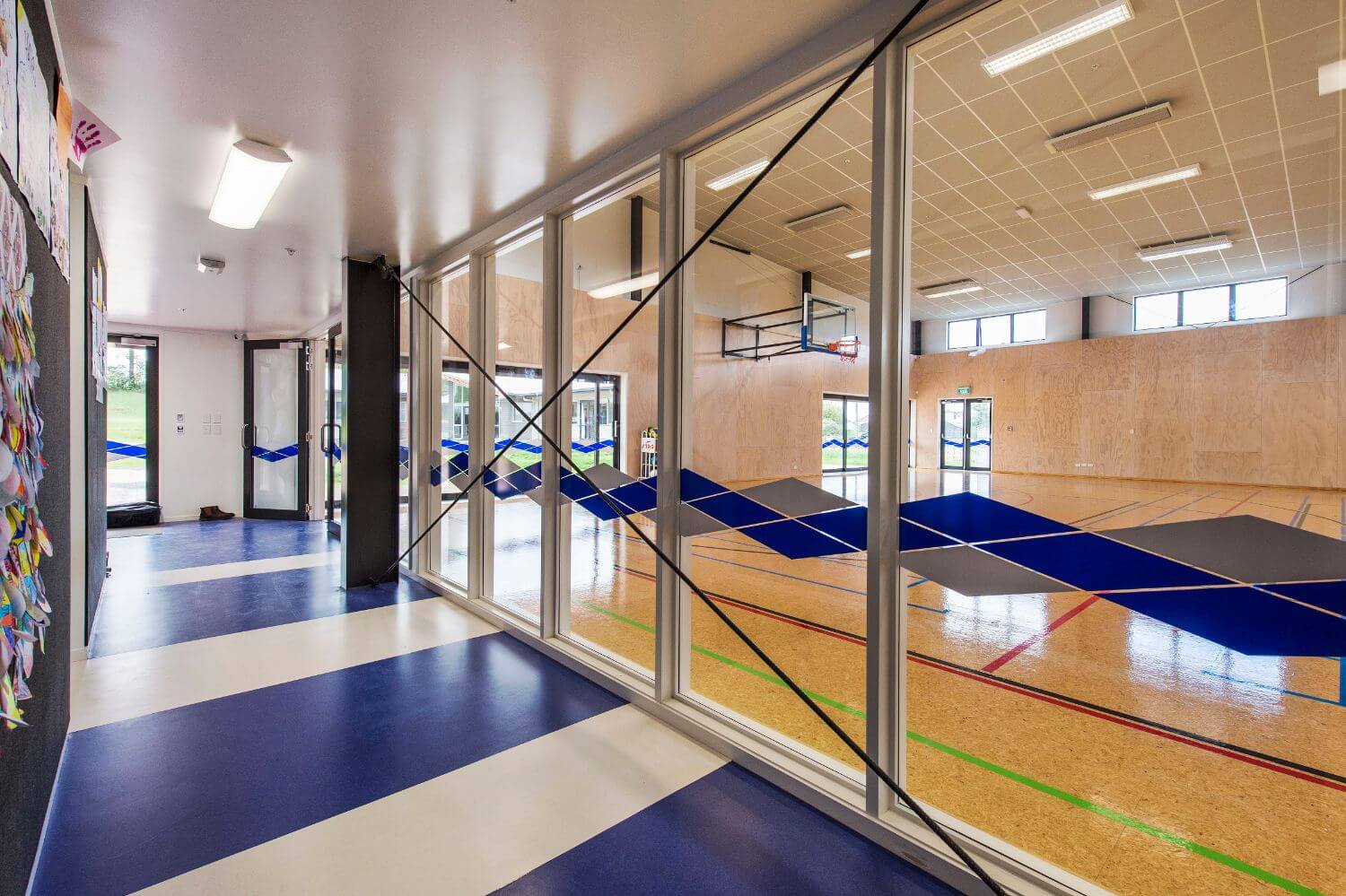
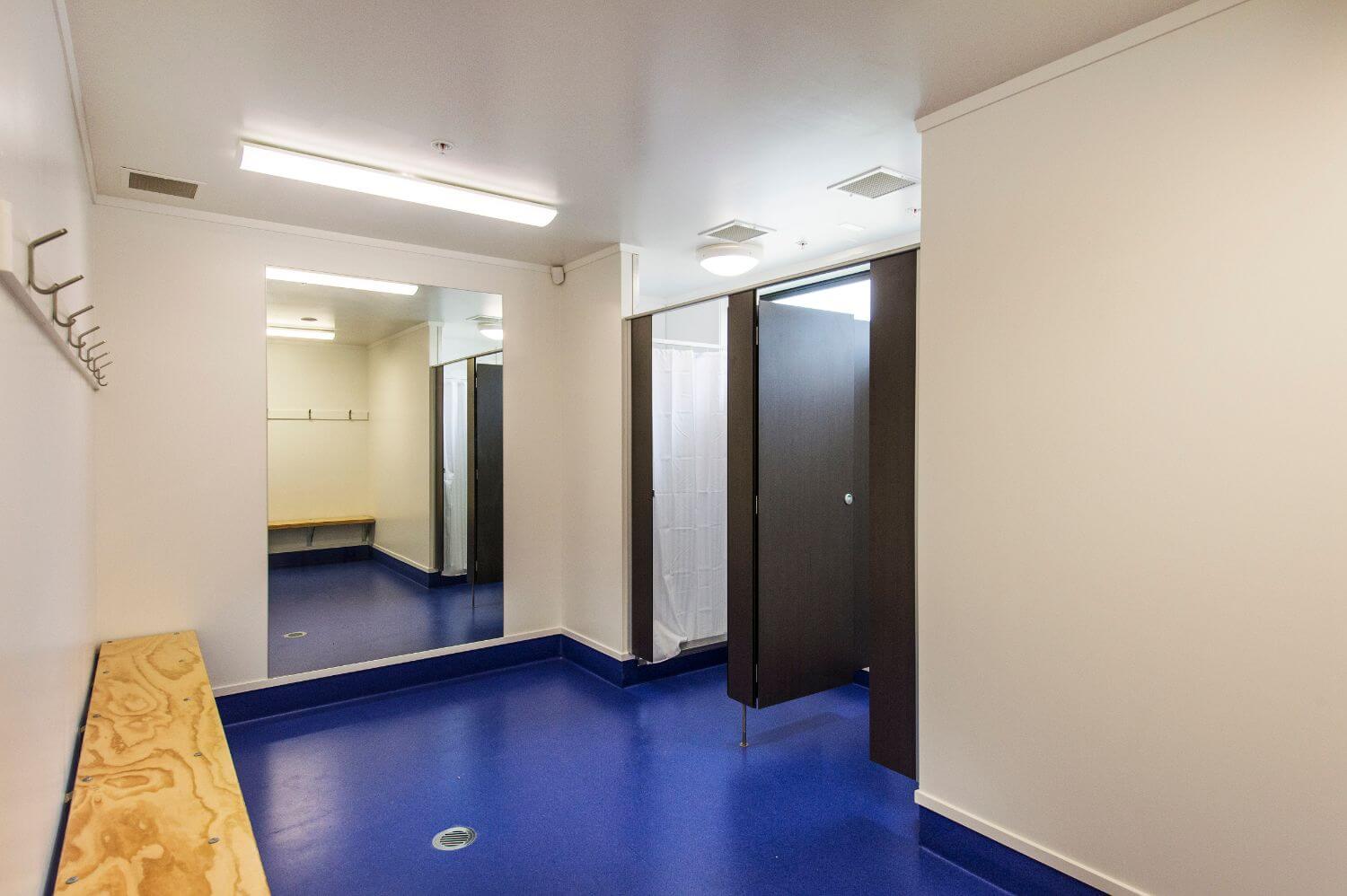


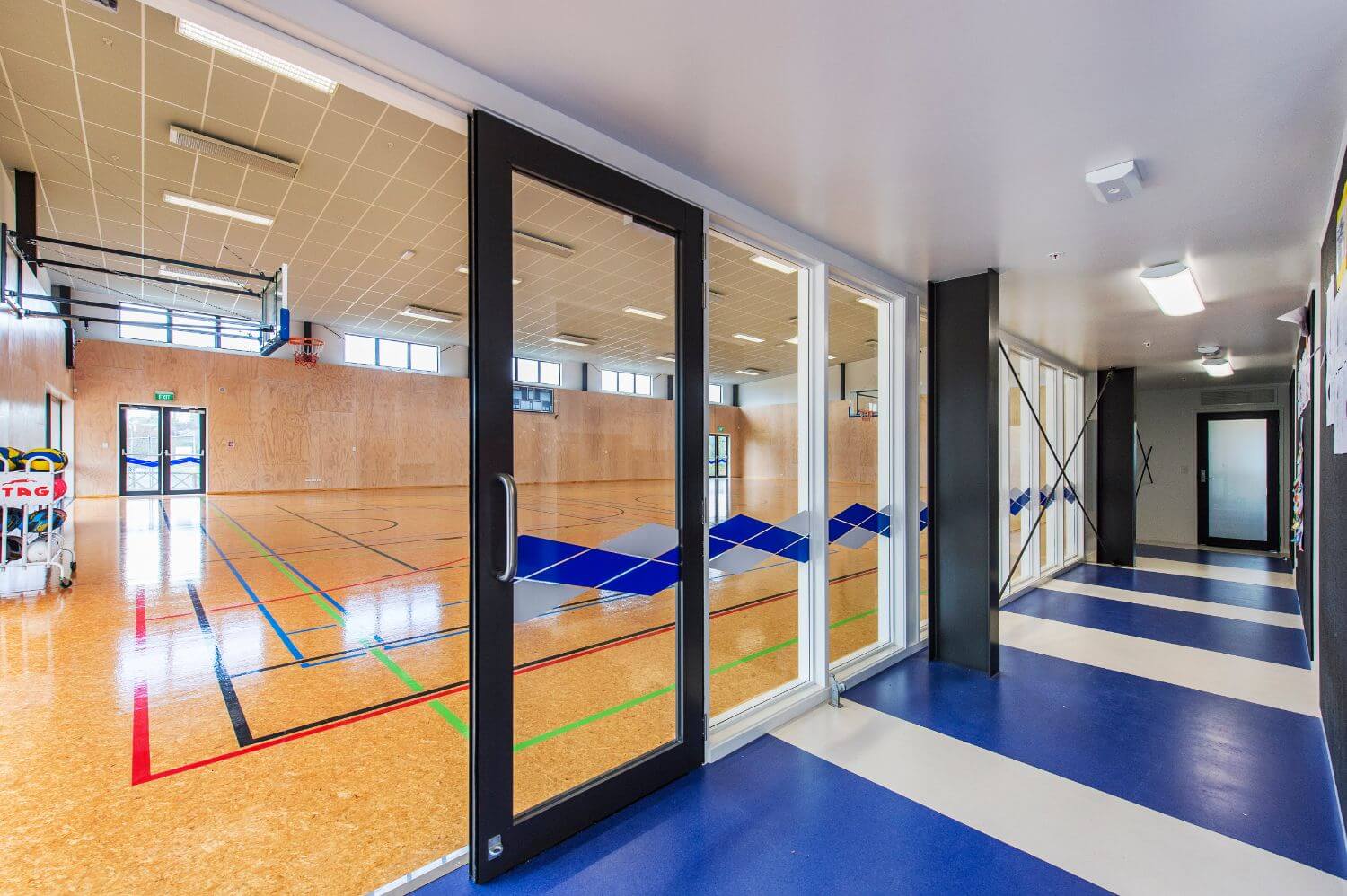
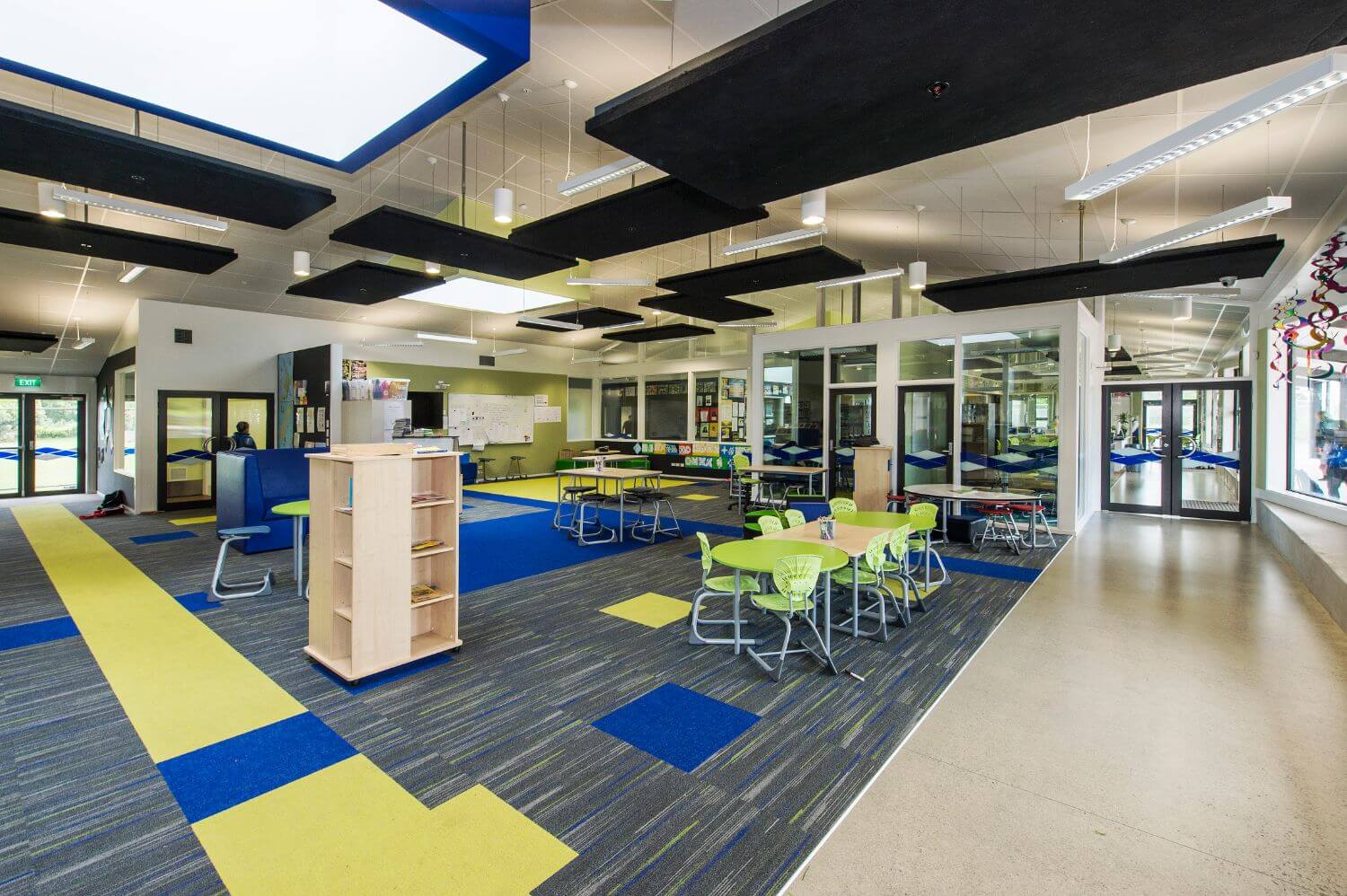

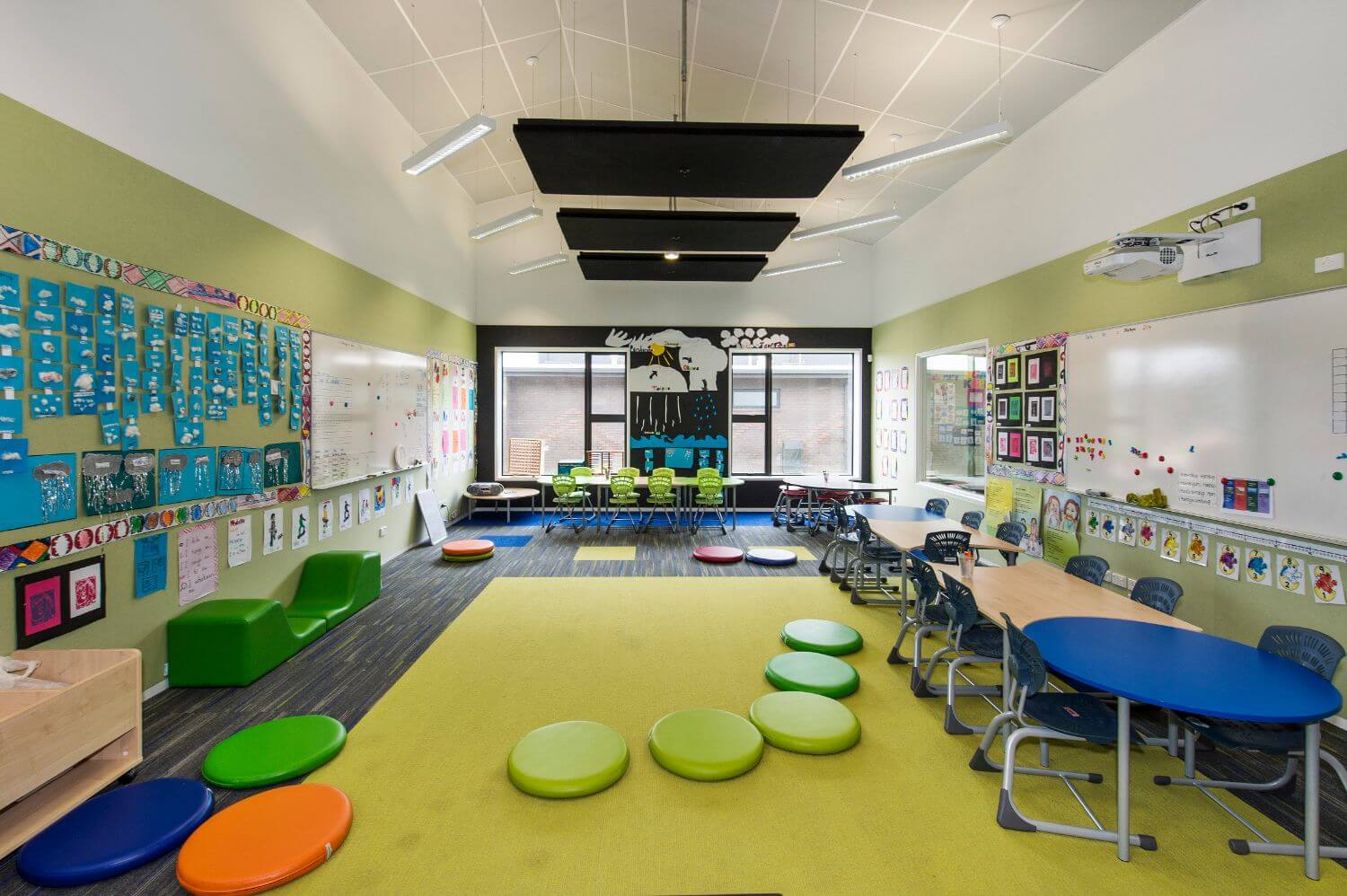
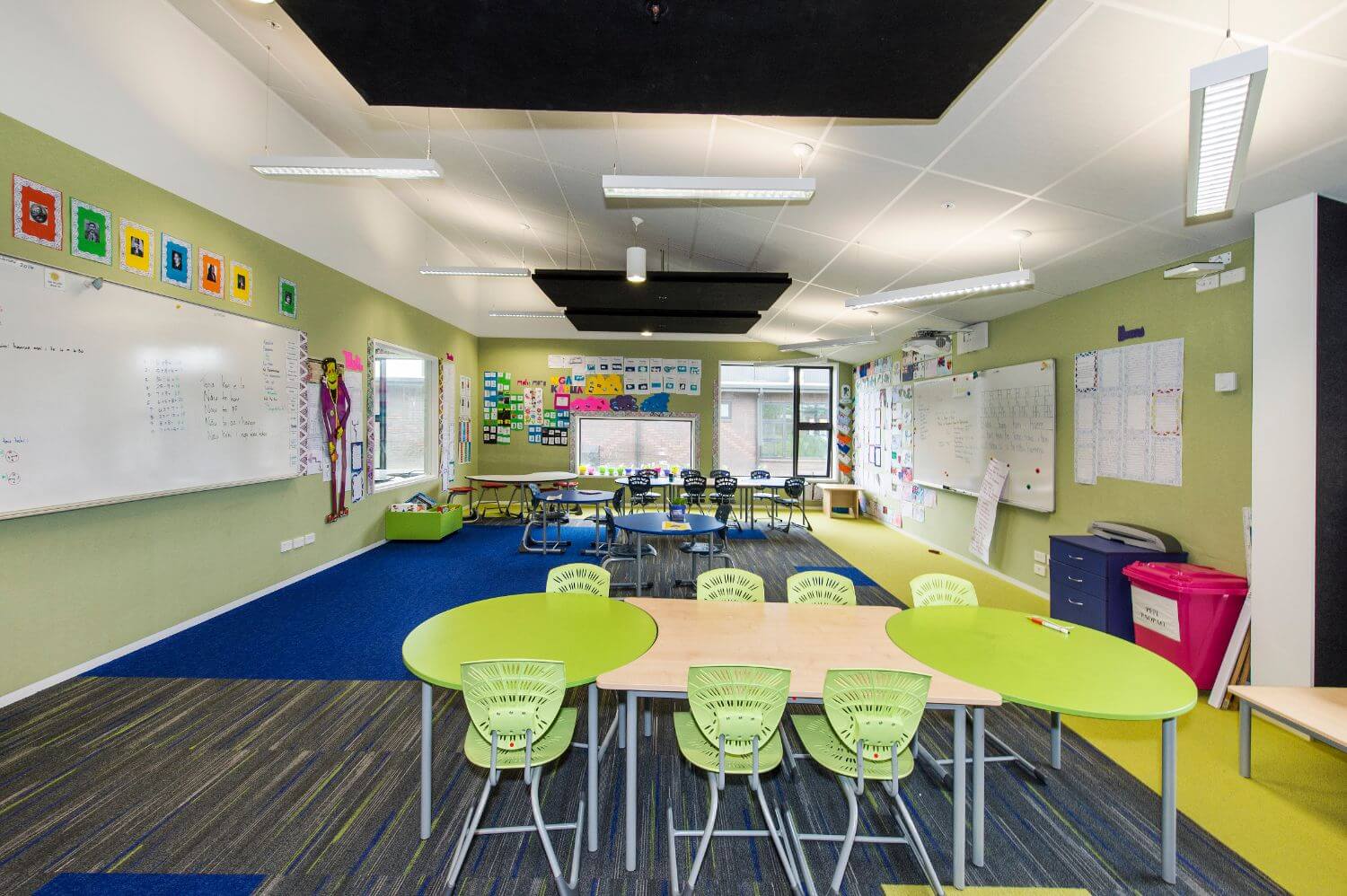

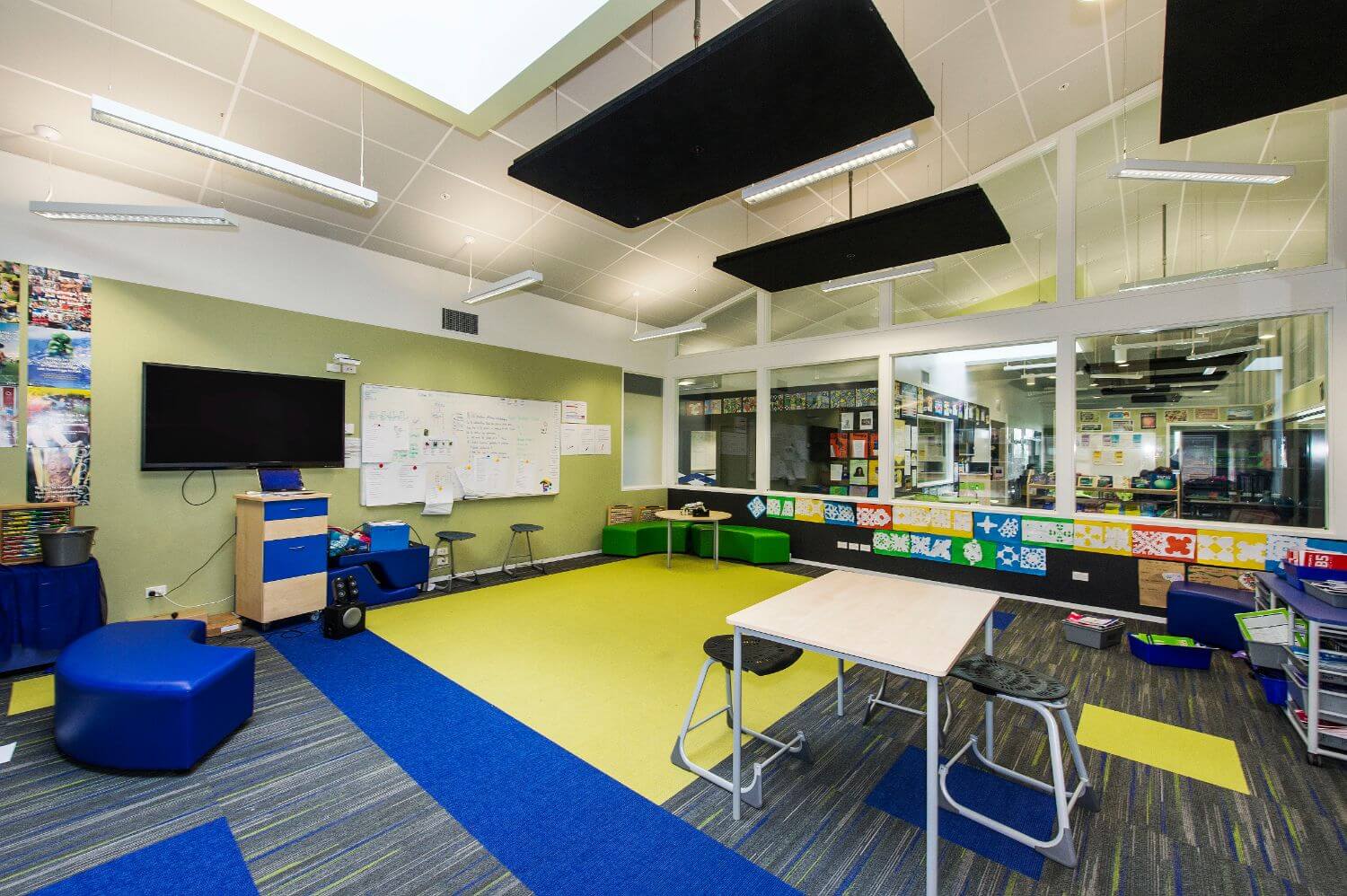
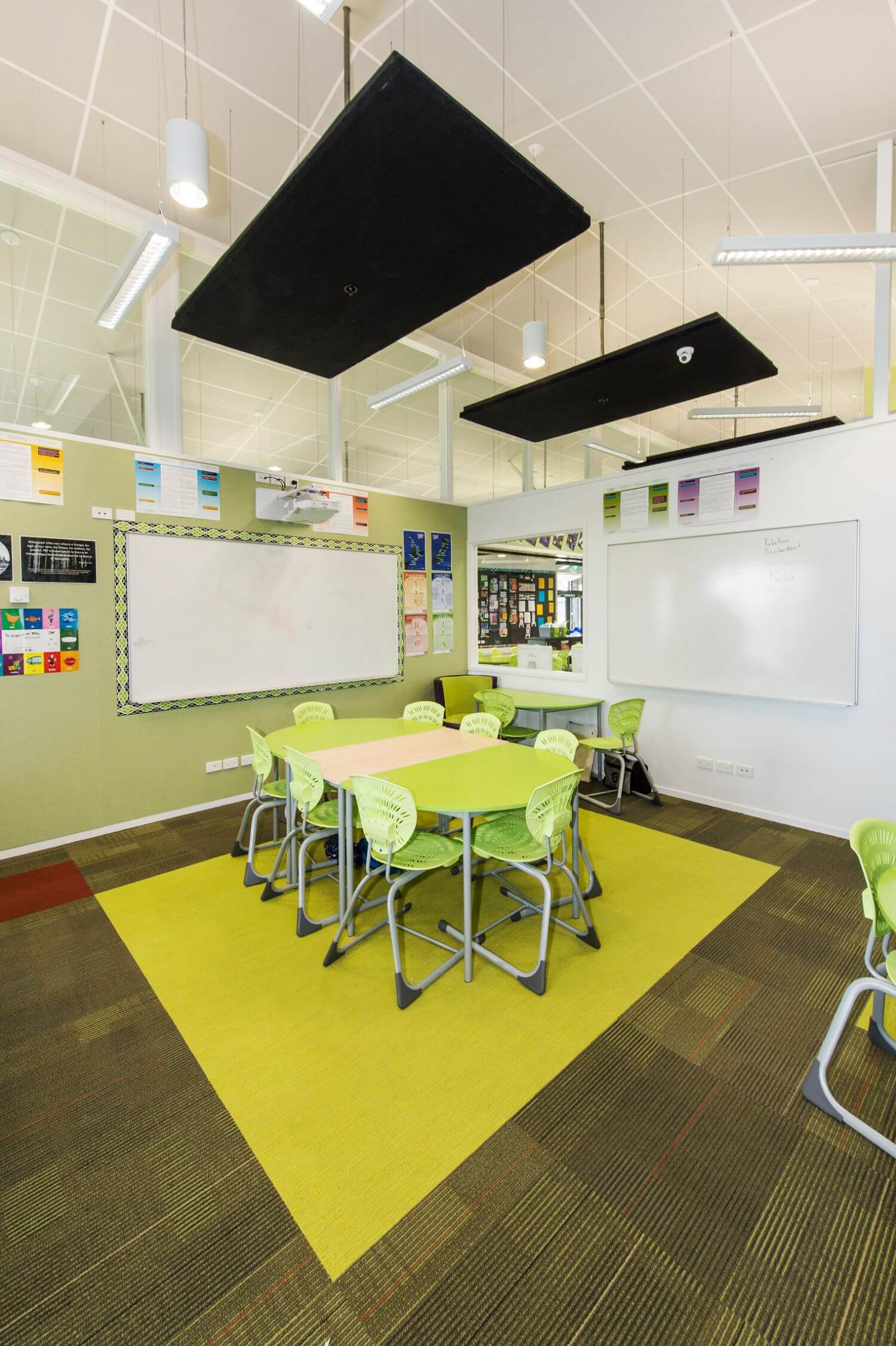
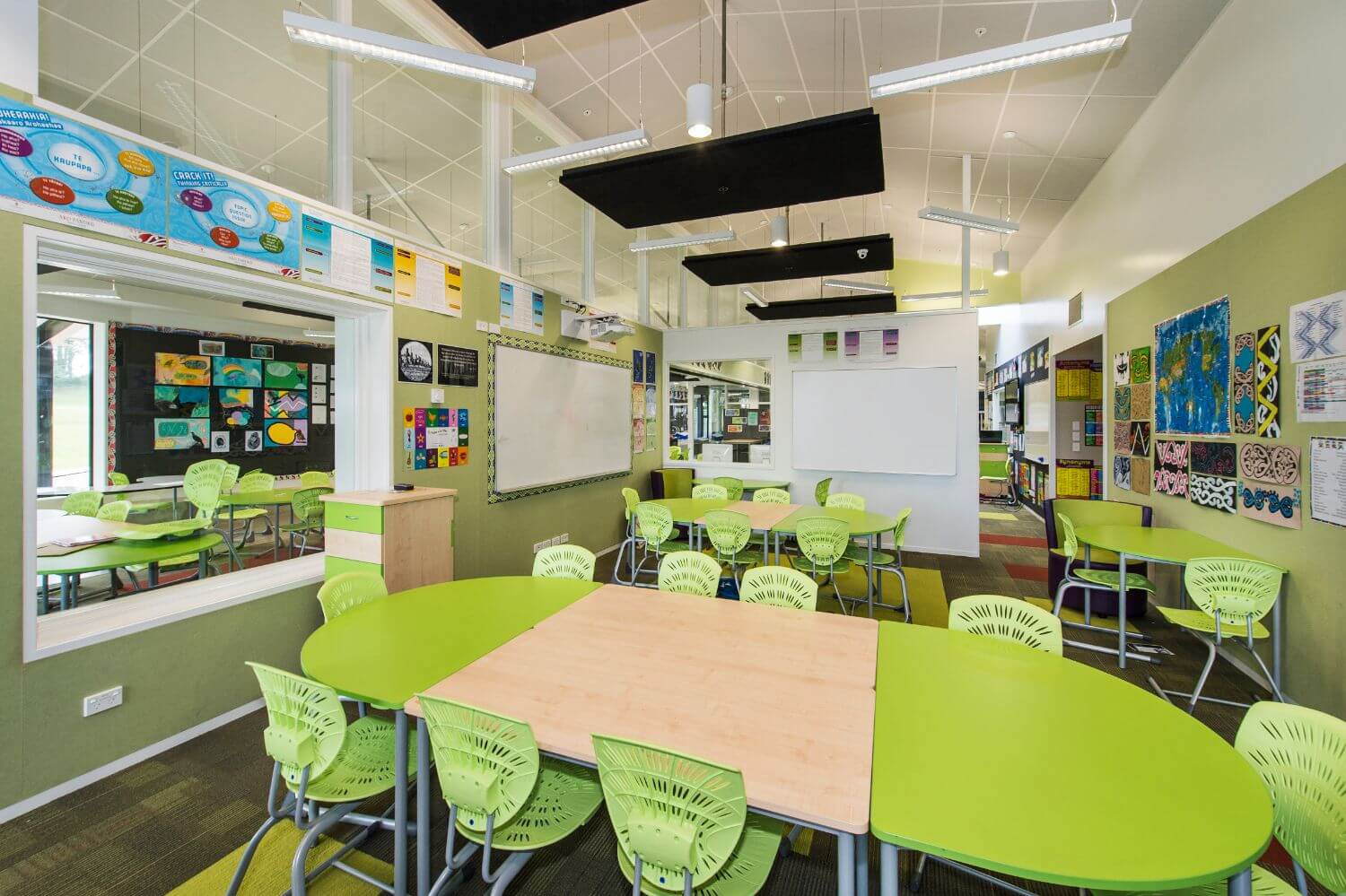
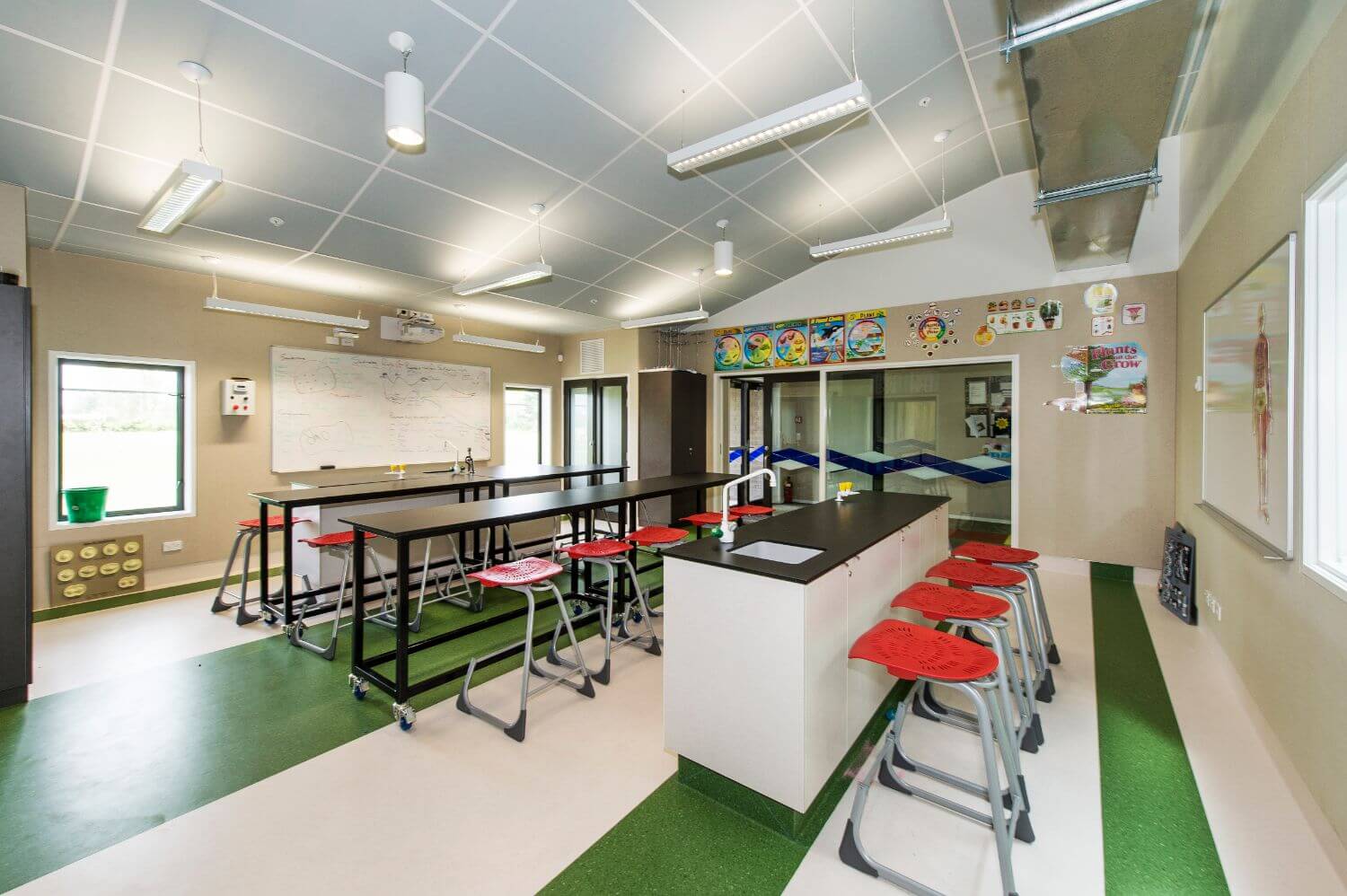
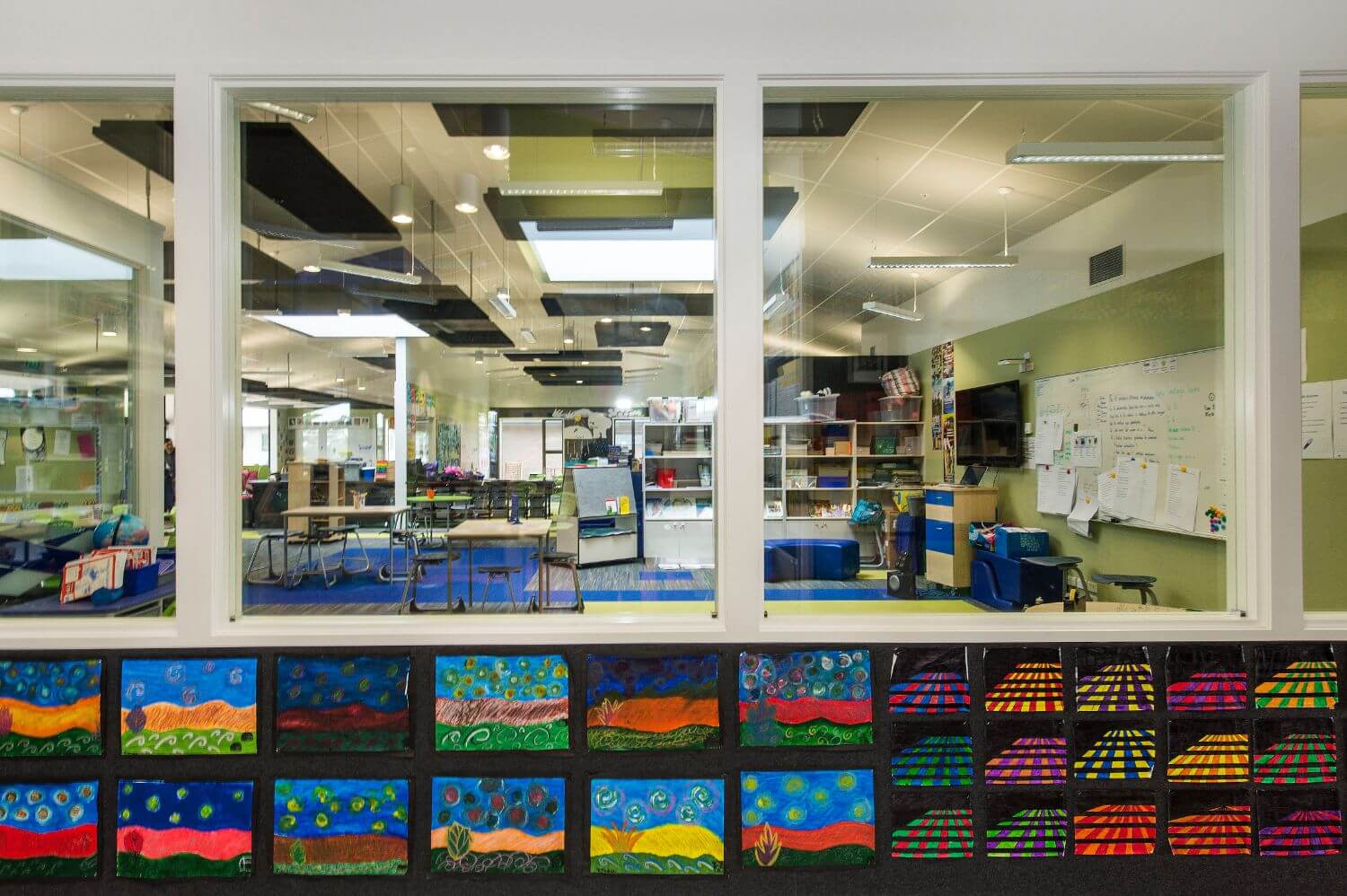
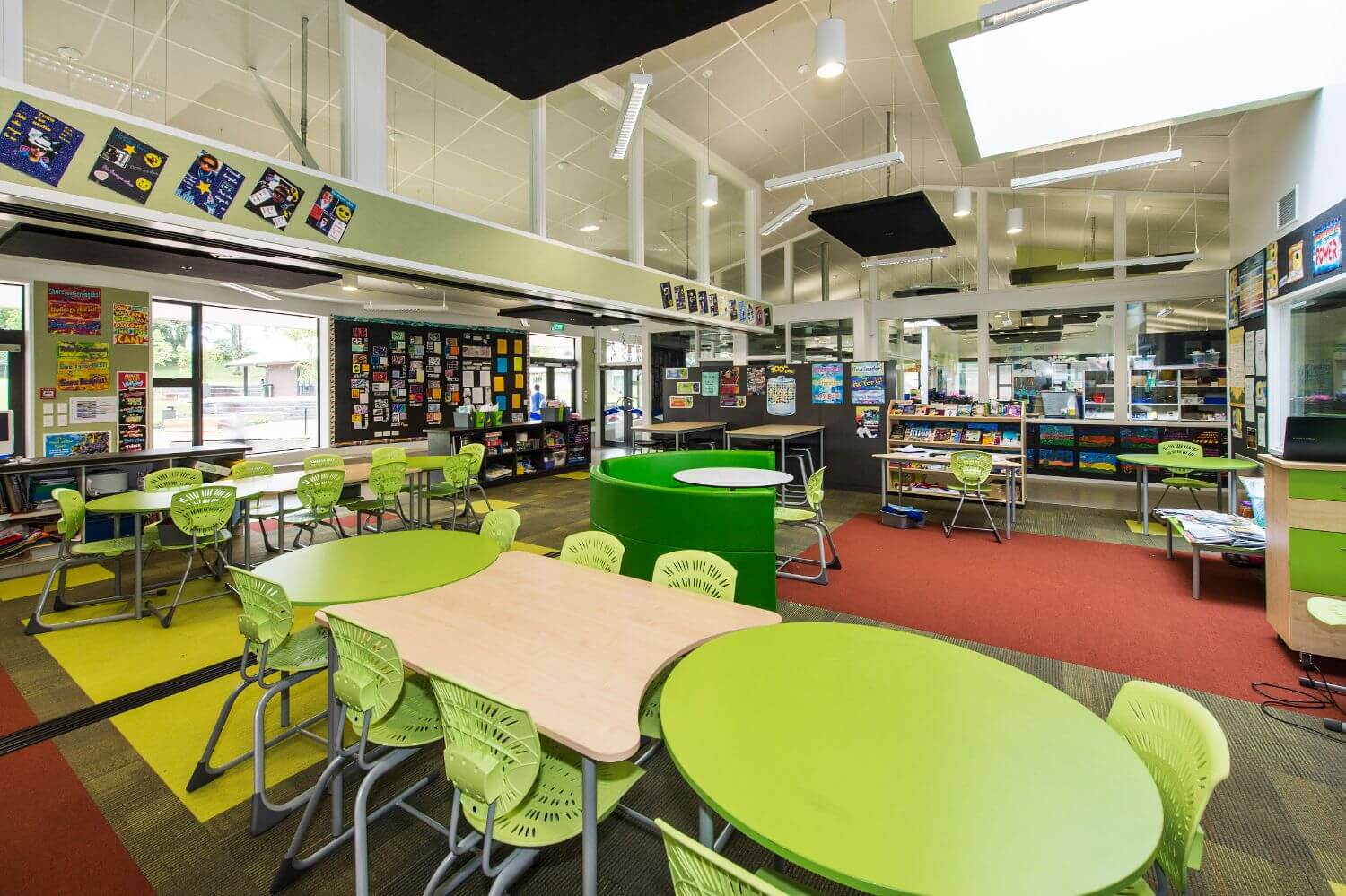
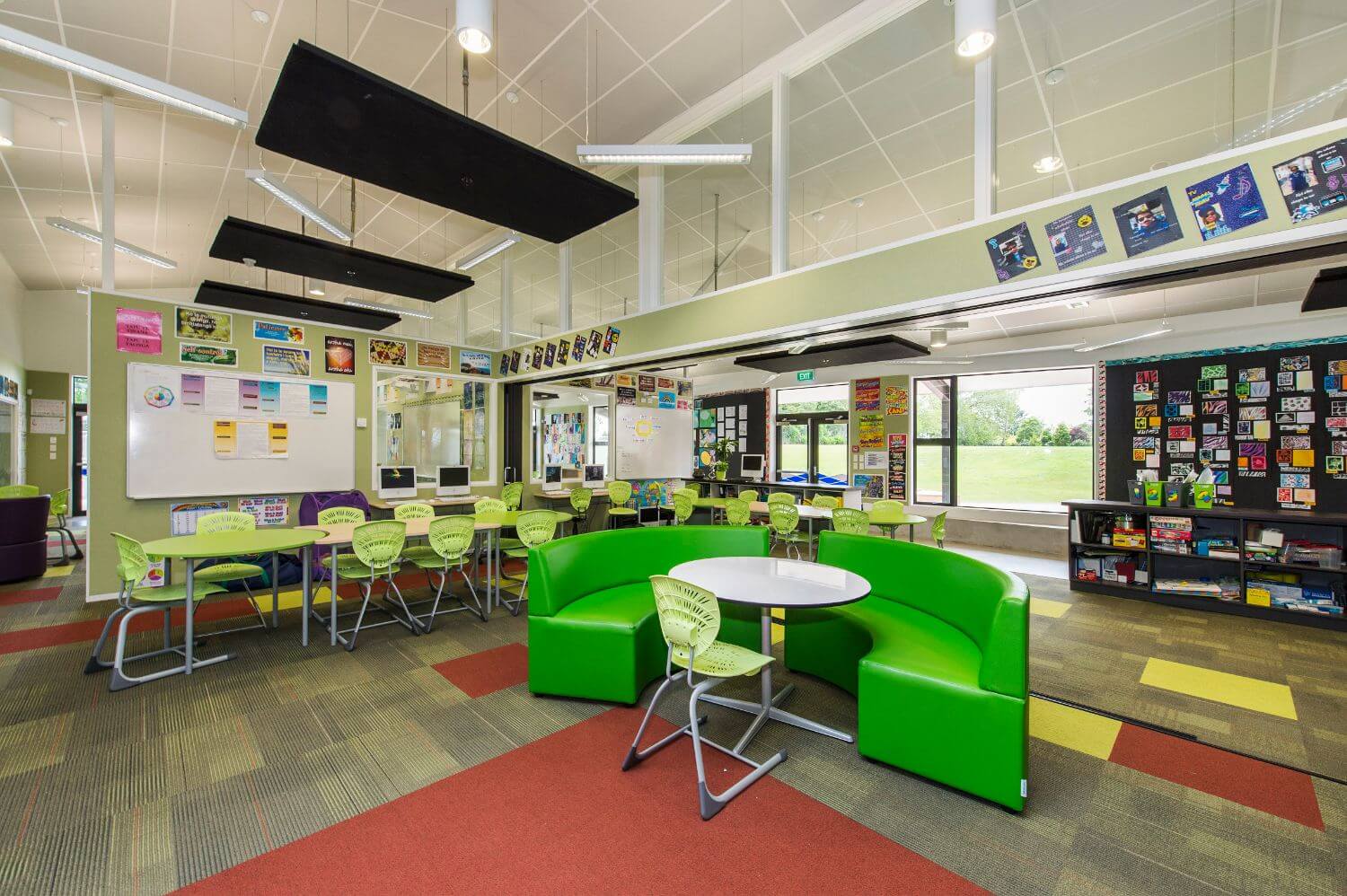
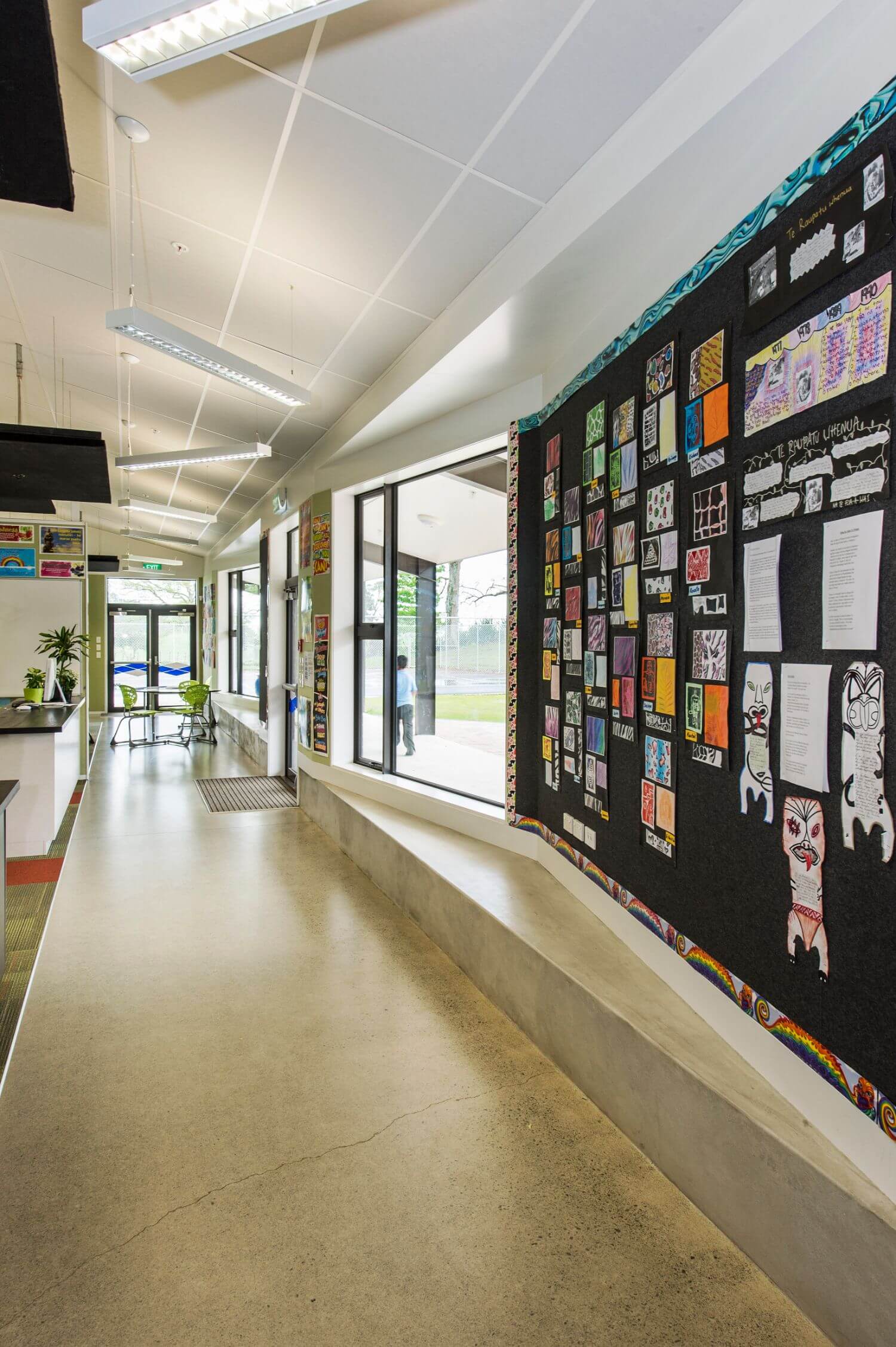
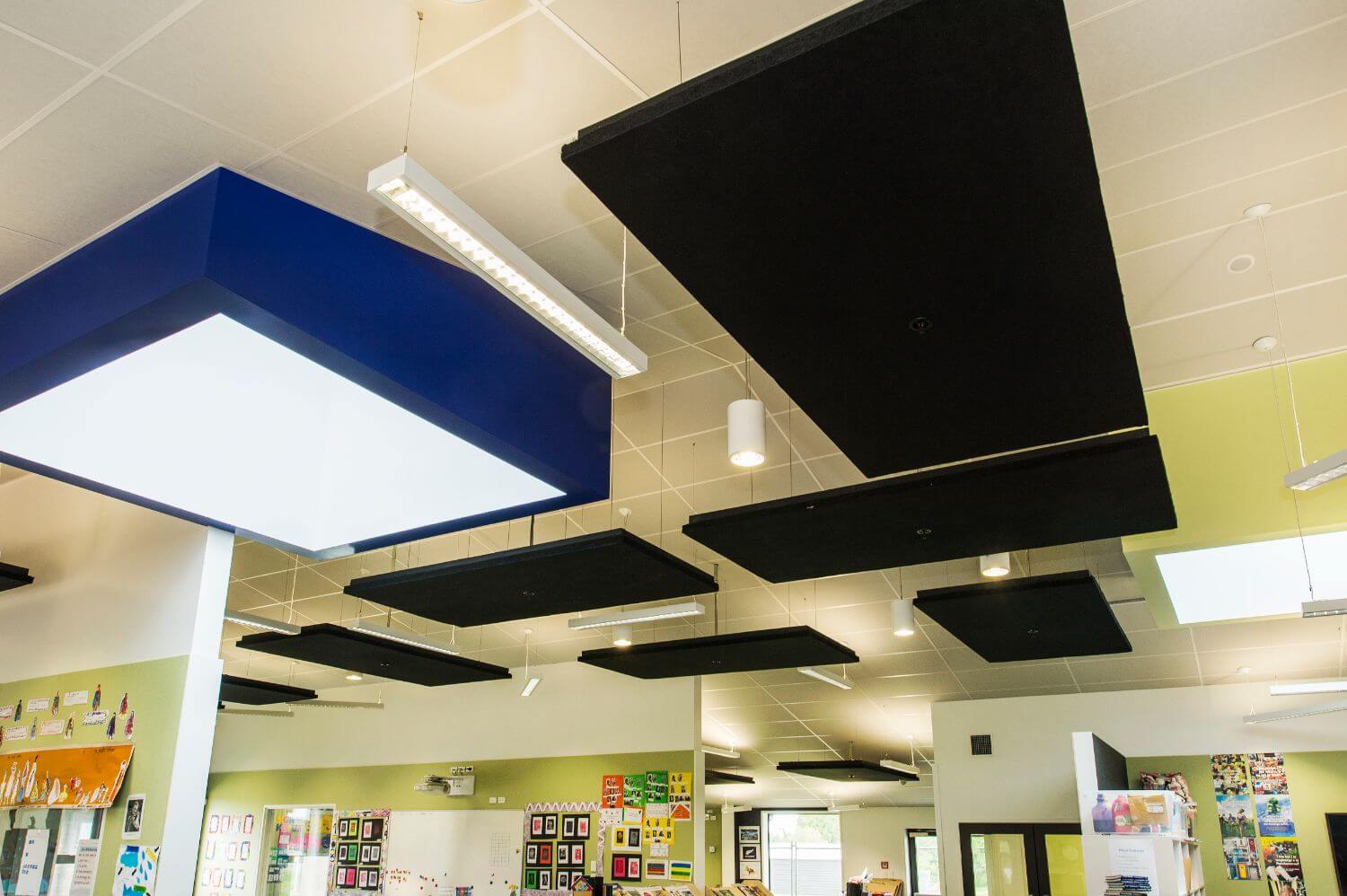
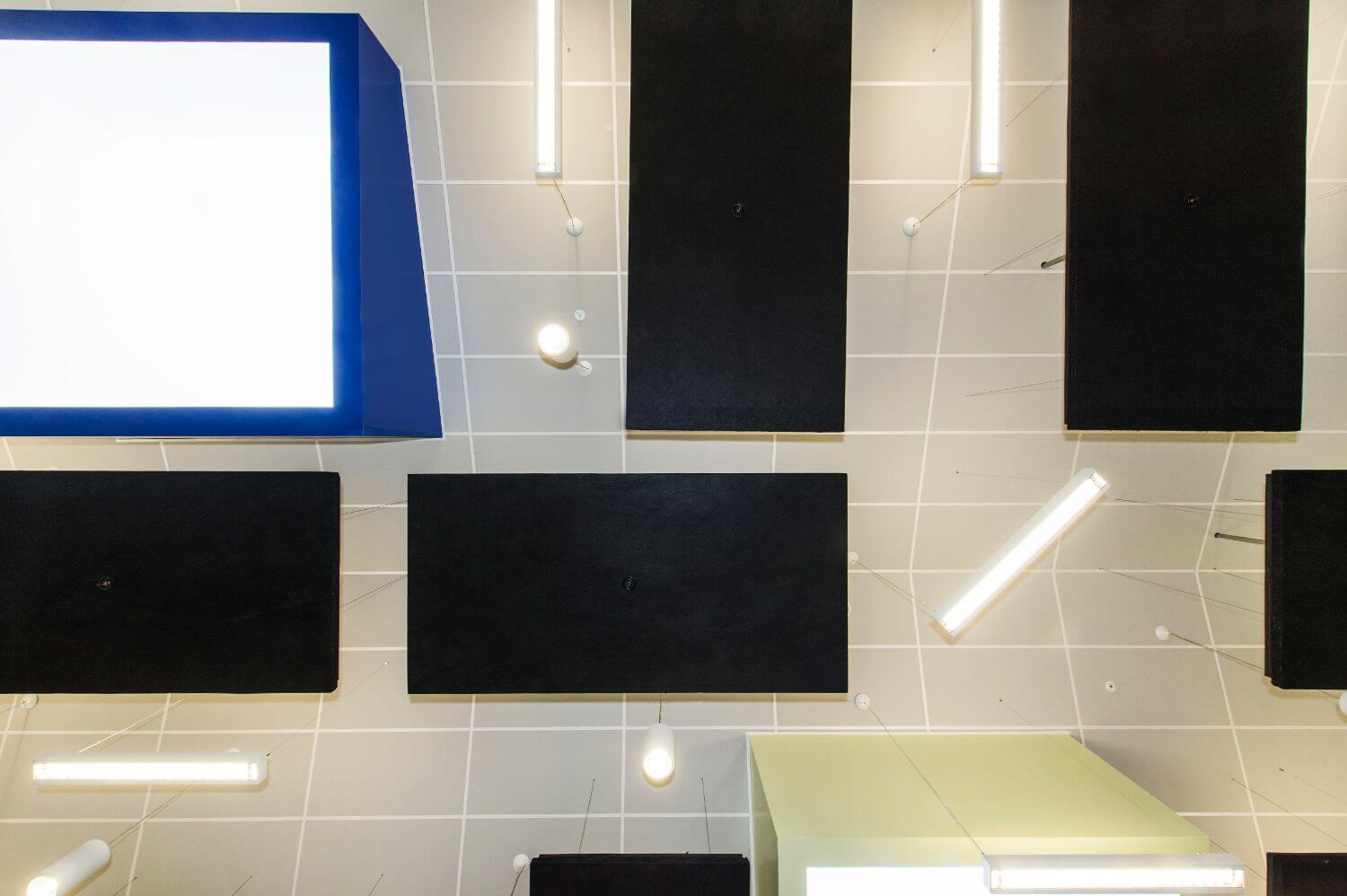
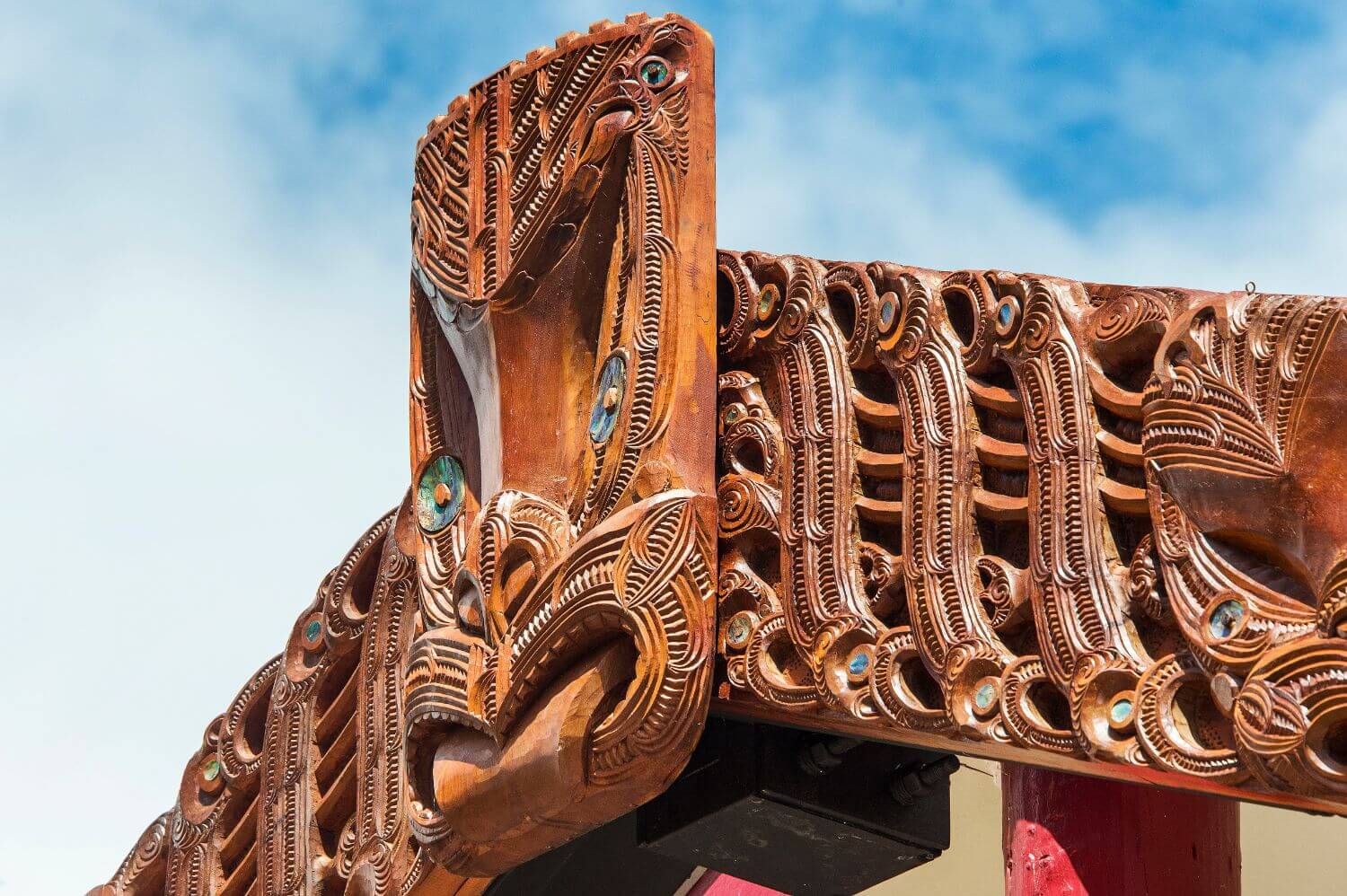


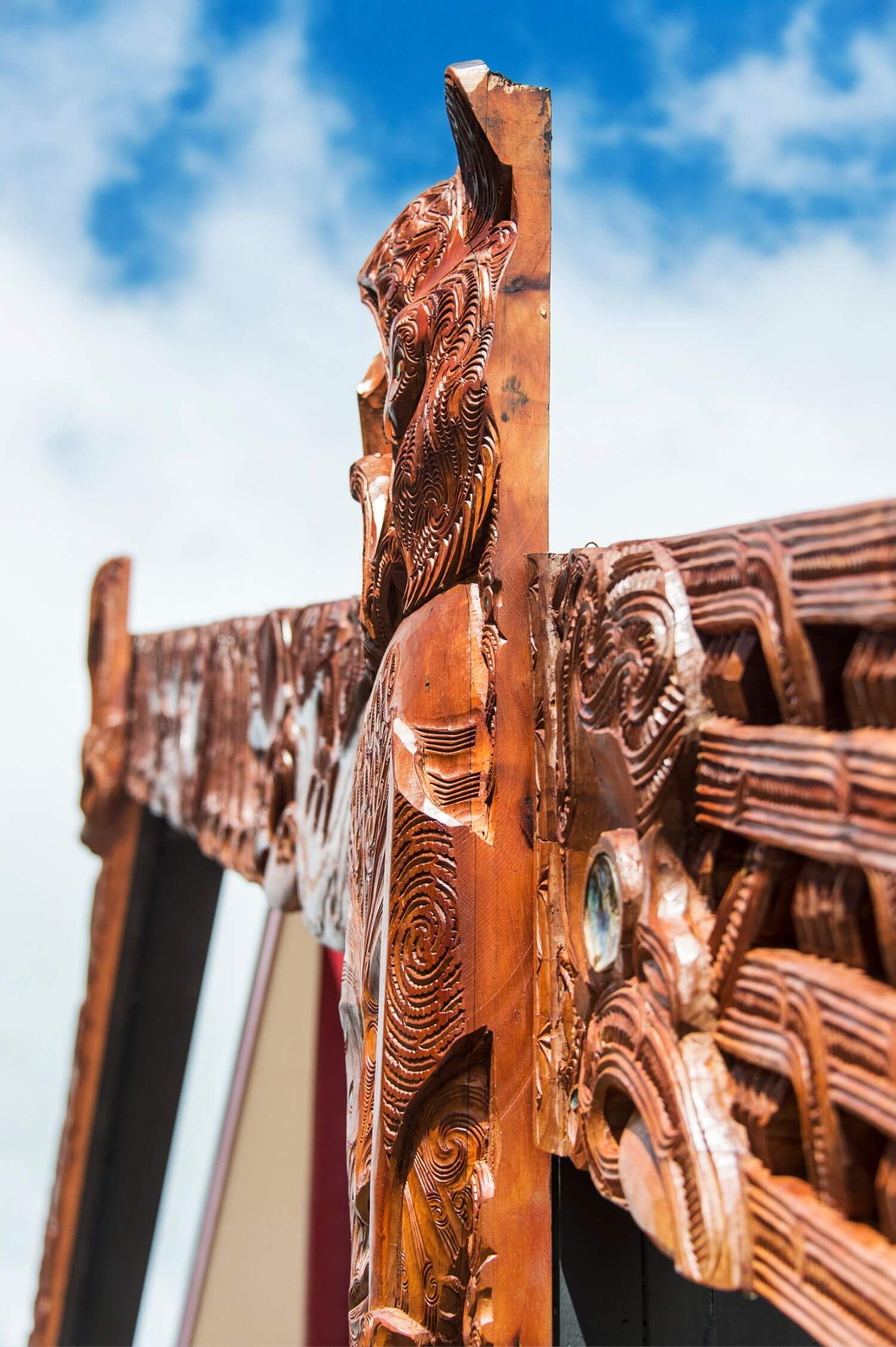
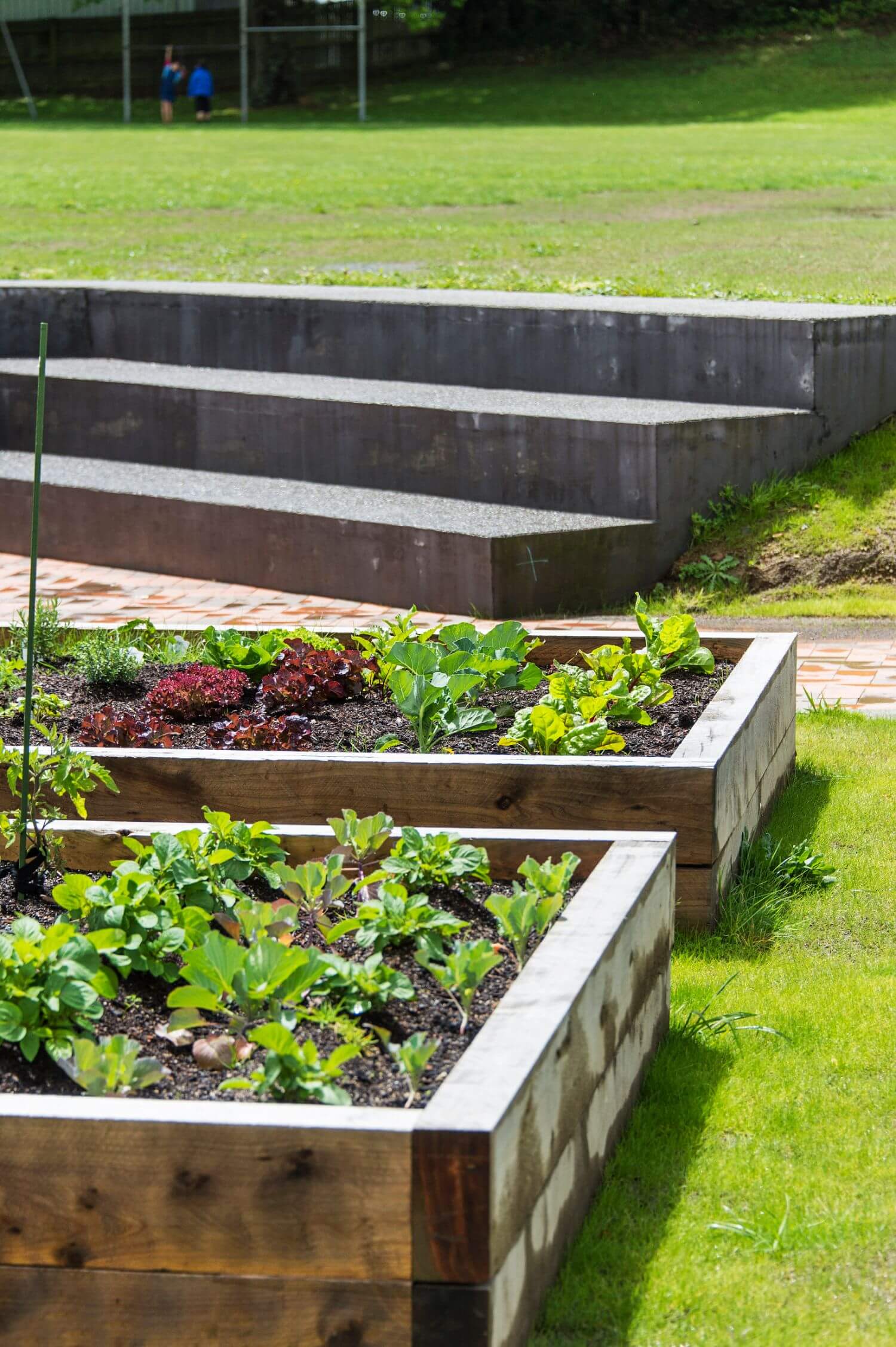
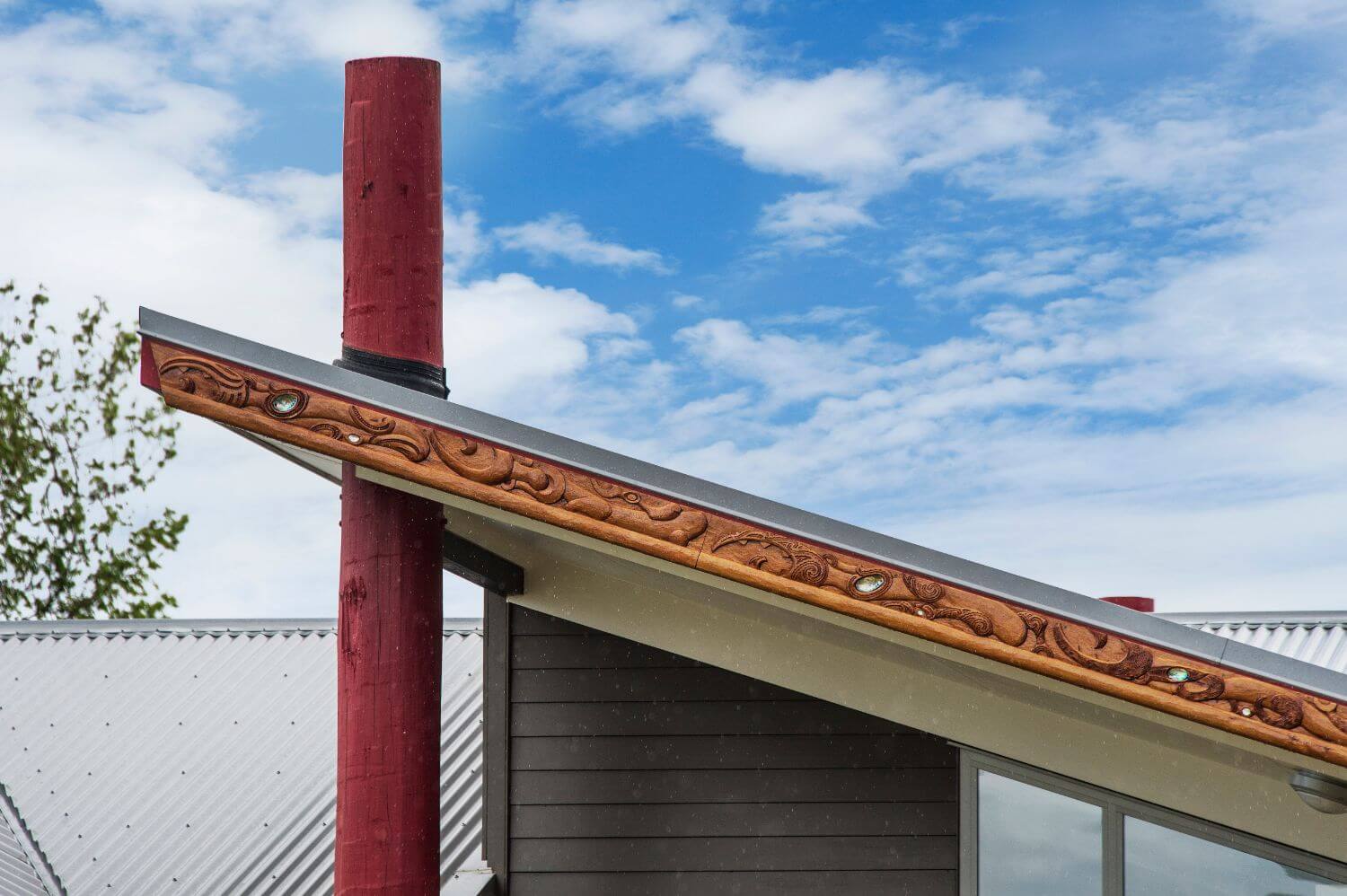
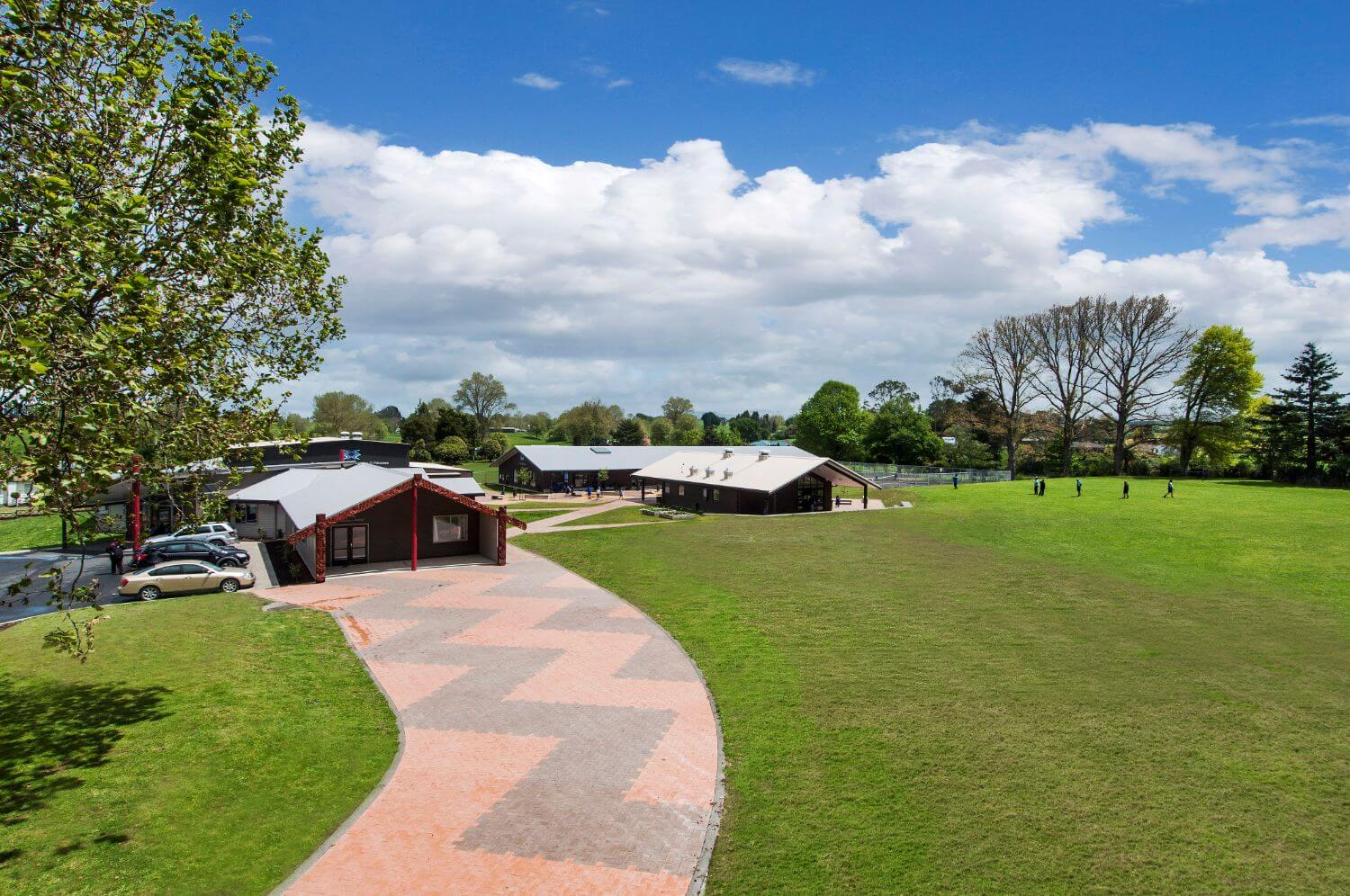
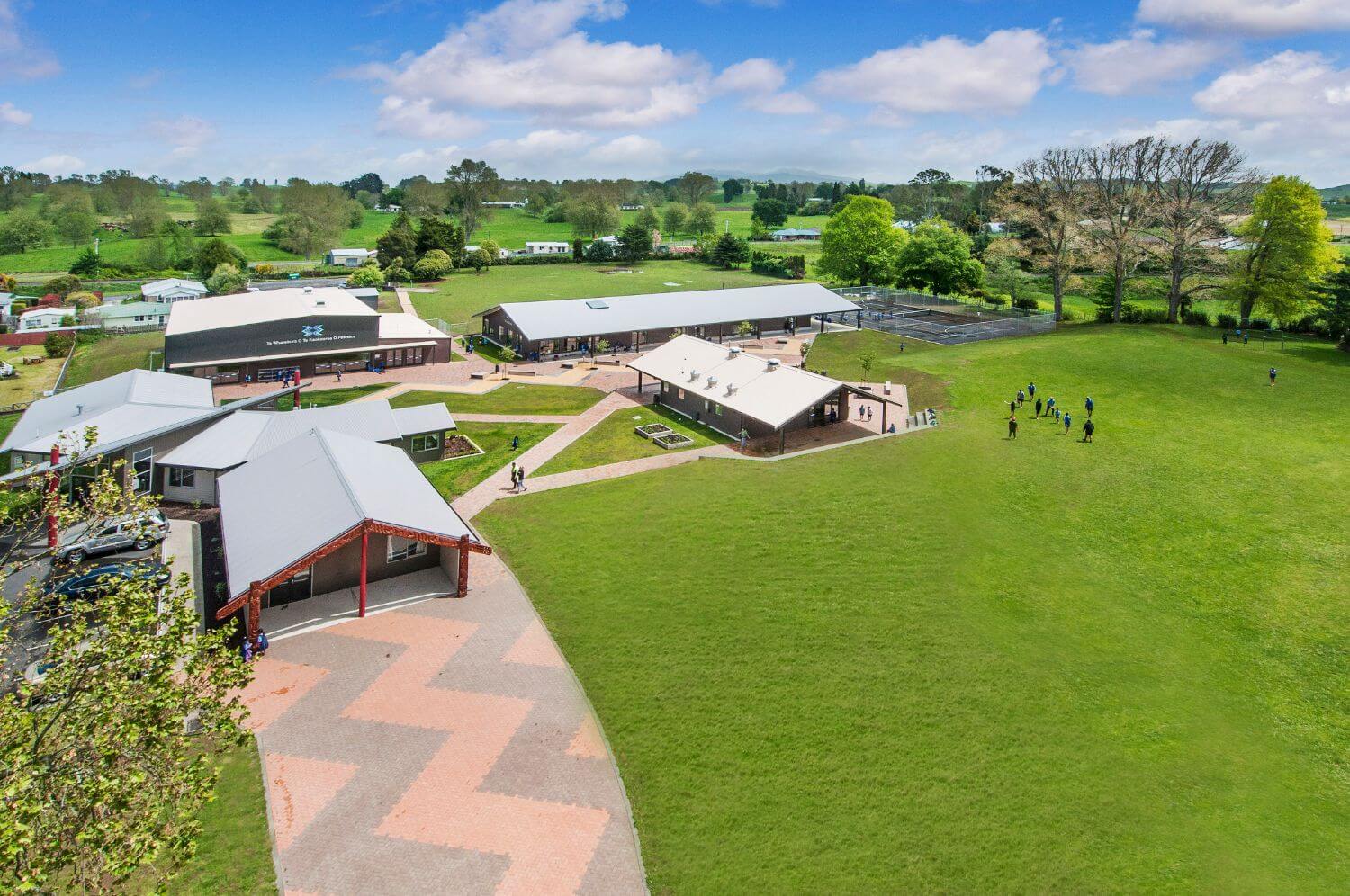

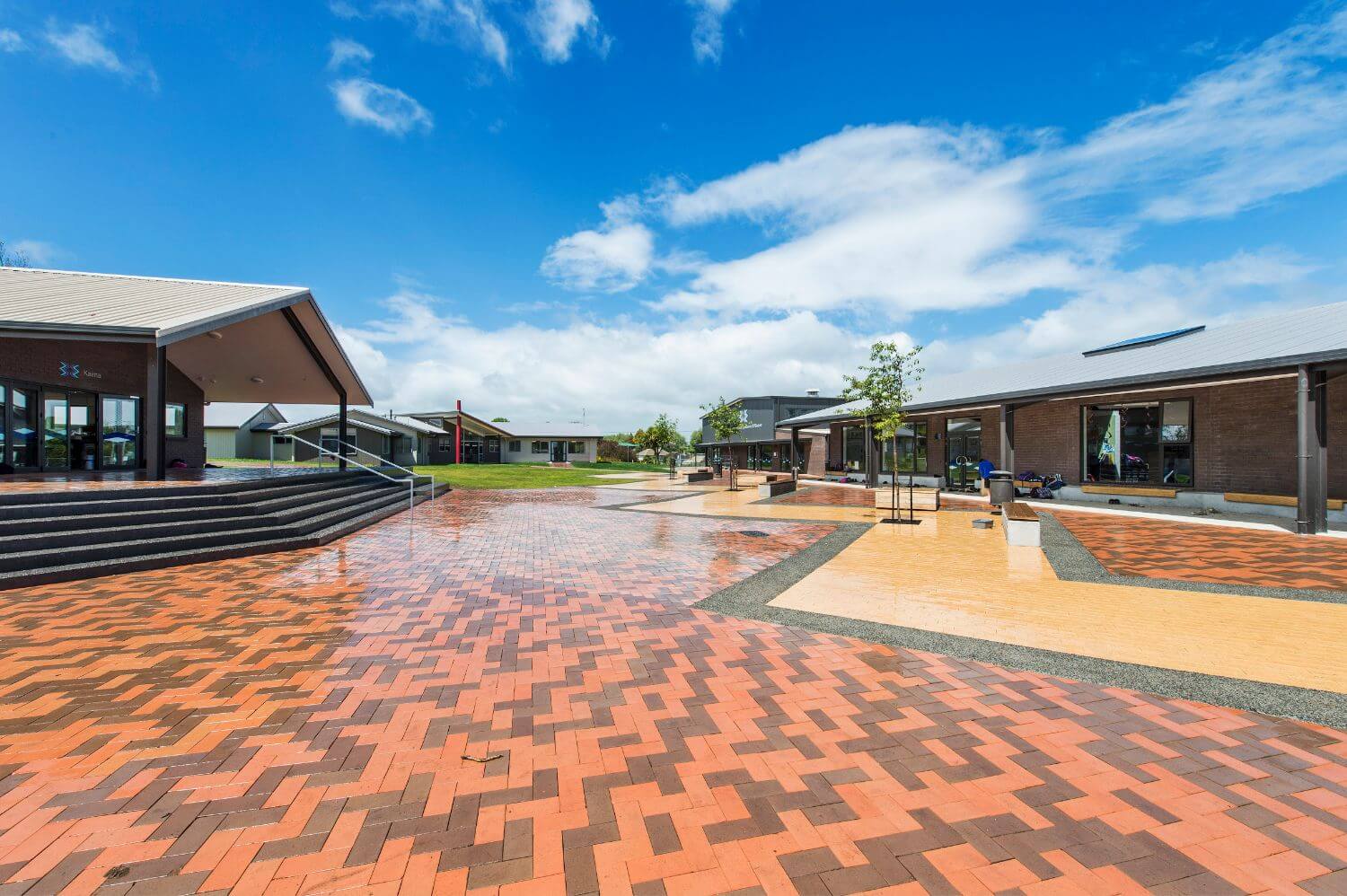
The Hawkins team were aware of the importance of maintaining the cultural philosophies of a Maori immersion school. As such, all site and safety signage was displayed in both English and Maori.
Maintaining close communication with the school was imperative to the success of this project. As well as routine daily communication, the team produced a weekly newsletter to keep the school updated on the progress of the project.
Working collaboratively with the design team realised savings on the project including the use of alternative bricks, ceiling tiles, light fittings and outdoor furniture.
As the school remained operational throughout the project, careful staging and planning was required to limit the impact of the works on the day to day operations and to ensure that adequate teaching space was available at all times.
Hawkins, the school and the design team to formulate an alternative staging plan. This saw some of the existing classroom buildings being demolished in stages, with the ends temporarily waterproofed, to allow their continued use. This enabled two of the new buildings to be constructed concurrently, rather than sequentially.
The project achieved its revised overall completion date of October 2014, a full five months ahead of schedule. The project achieved the required quality standards, with all buildings being defect free at practical completion.





